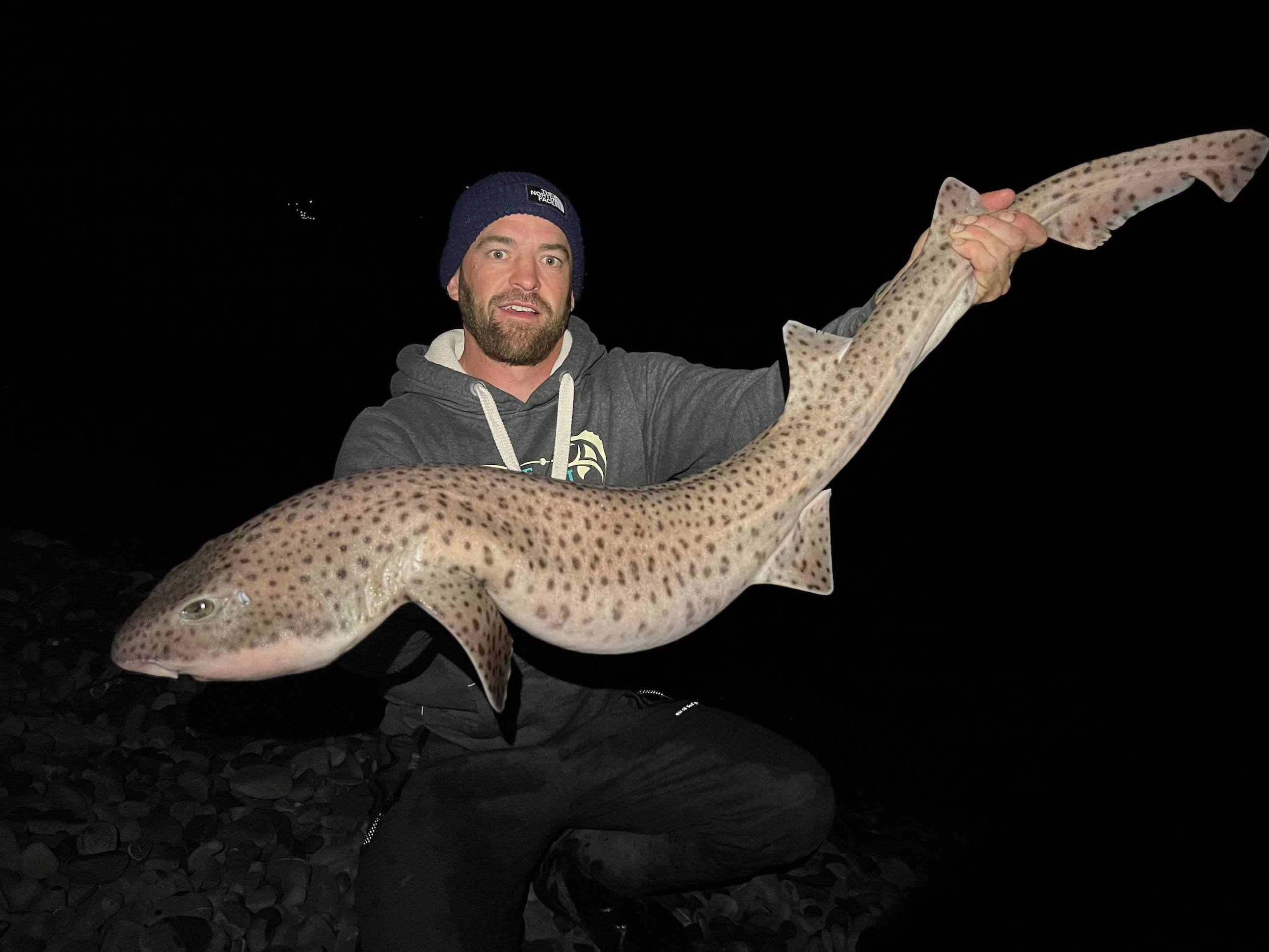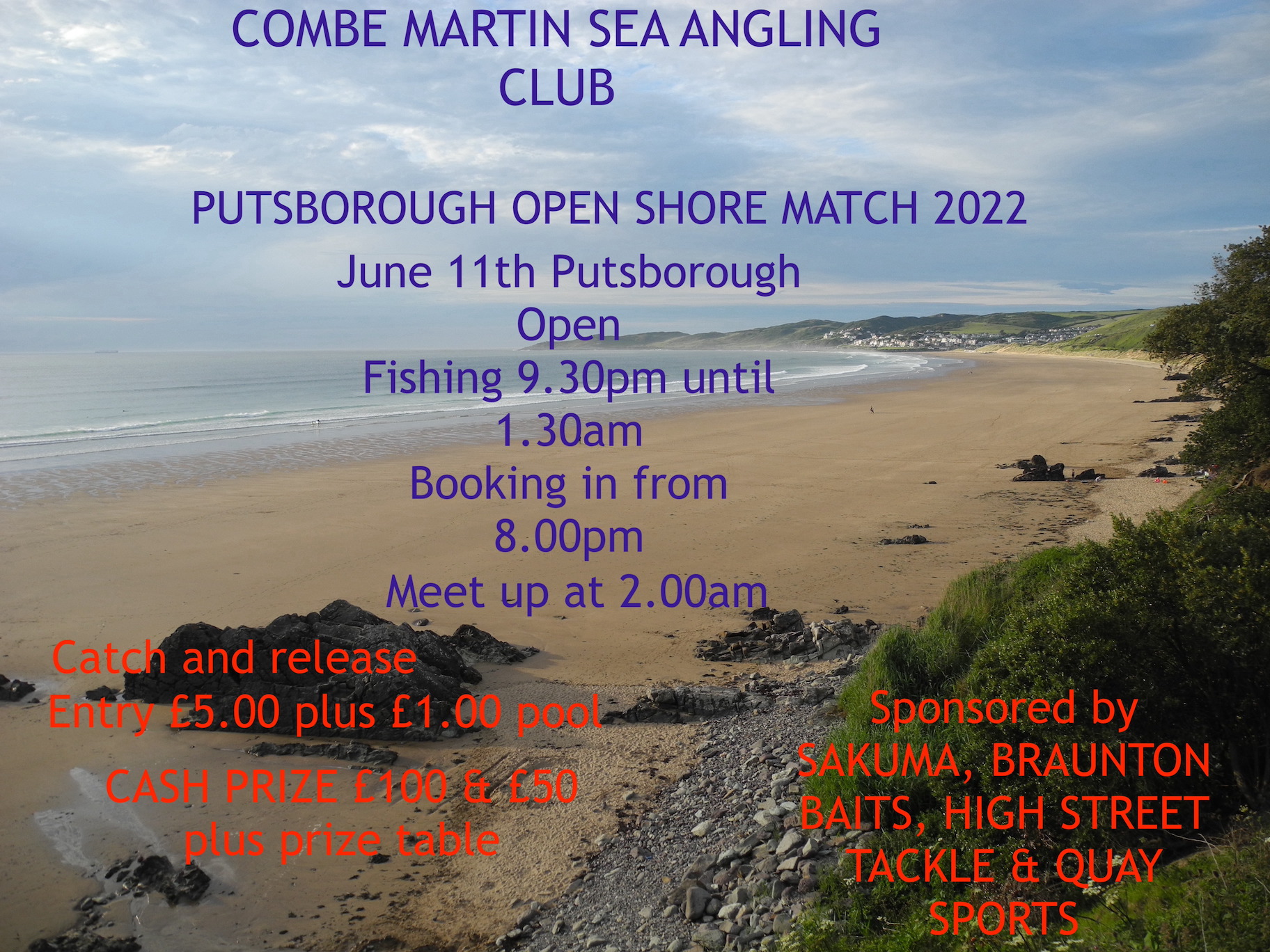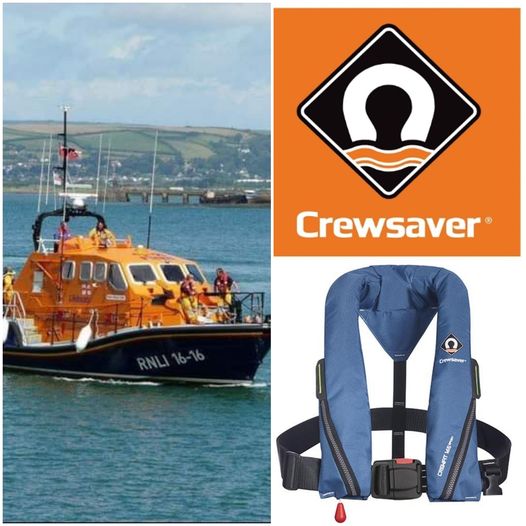
Summerlands – Promote Life Saving Jackets


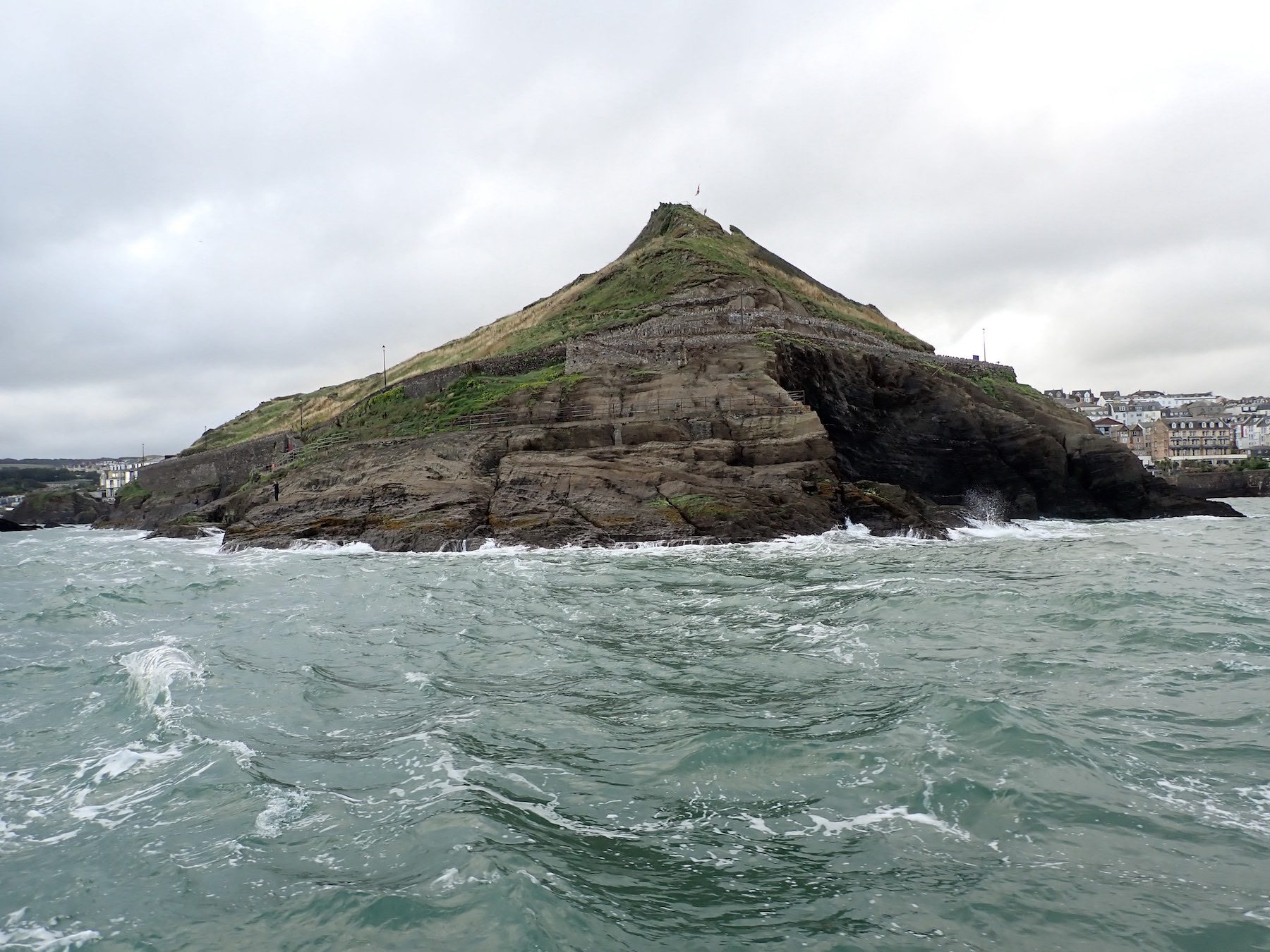
Following on from my previous post Jamie has asked if I could share the below on my website.
https://www.justgiving.com/crowdfunding/lyndse-and-jamie-steward-rnli-ilfracombe?utm_term=mPZrnaDY8 please could you share this on your page and help me raise money for the RNLI ilfracombe as they saved my life on Saturday night the least I can do is raise them some money. I will be walking 100k with my wife in the lakedistrict to help them like they helped me. 🙏 also I want to try and raise awareness on an anglers safety and try and get as many anglers as I can to buy a crew saver life jacket or floatation device. These should become an essential part of our kit. Regards Jamie
Since publishing my initial article on this near miss I have received considerable feedback and believe that the local RNLI will be launching an awareness campaign on safety. I will liaise with them to help promore awareness of the dangers and how to increase survival rates if things go wrong.
Local tackle shops are joining in the general effort to raise awareness.
Quay Sports posted the below guidance

Simon McCarthy at Summerlands works on the lifeboat and has been involved in many local rescues and is keen to offer advice to any anglers who vist the shop at Westward Ho!
Daniel Welch dominated Combe Martin SAC’s Lyn Fish competition taking the top three places with grey Mullet of 5lb 5oz, 3lb 8oz and 3lb 2oz. His son Solly also enjoyed success tempting a mullet of around 2lb.
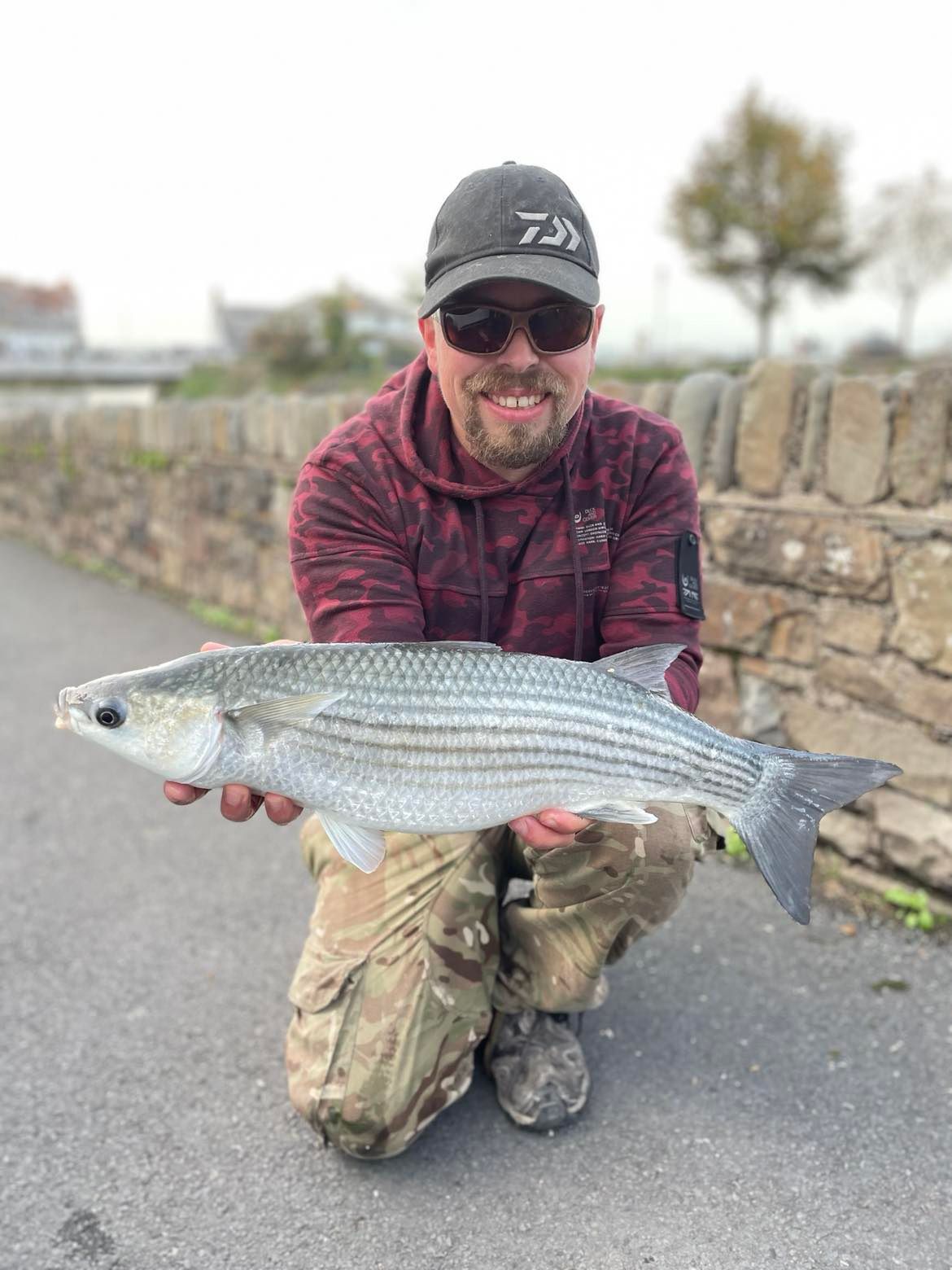
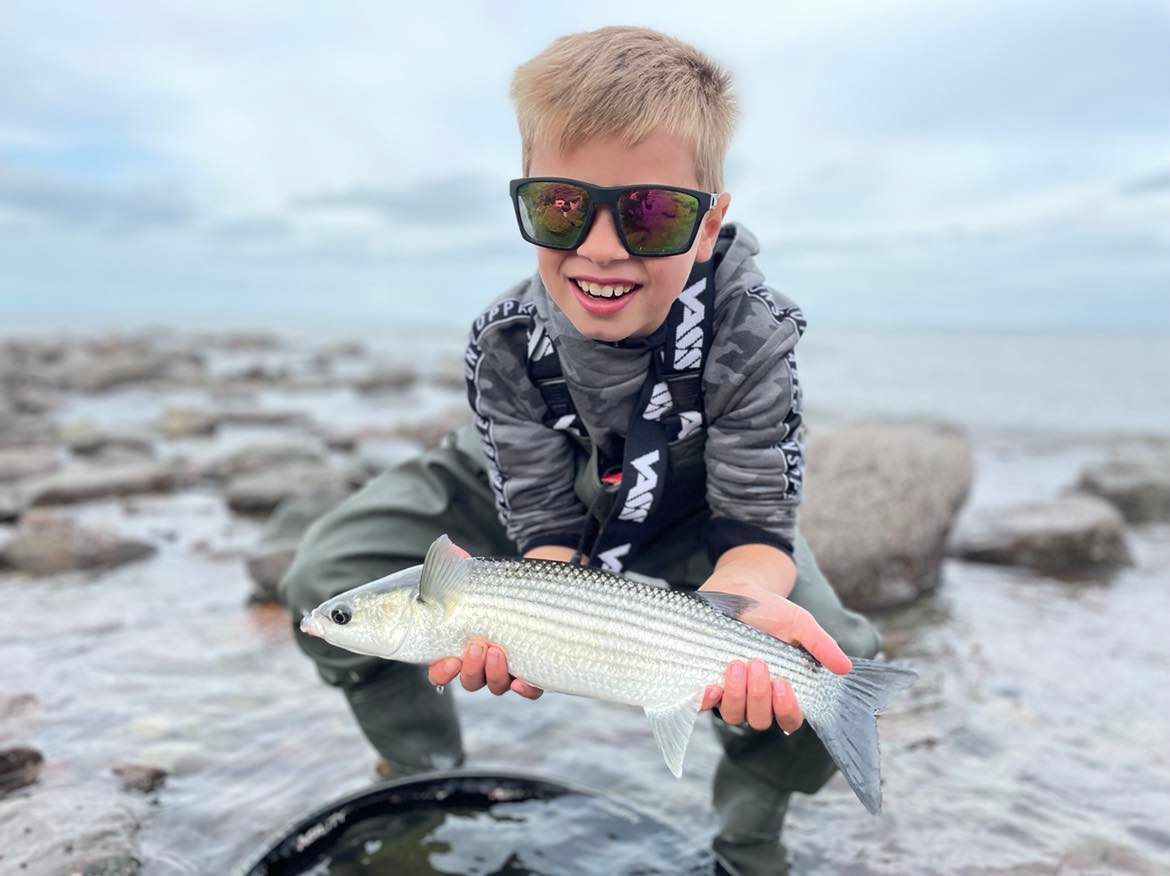
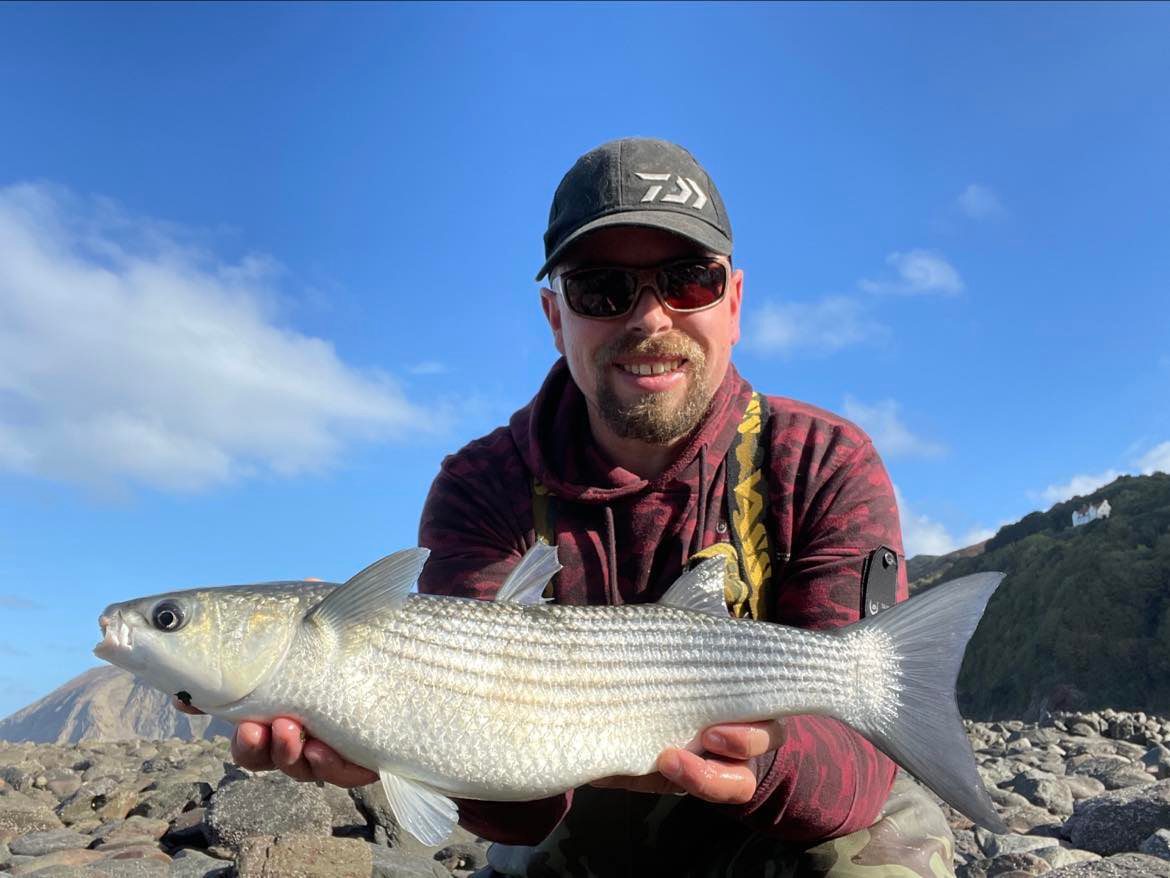
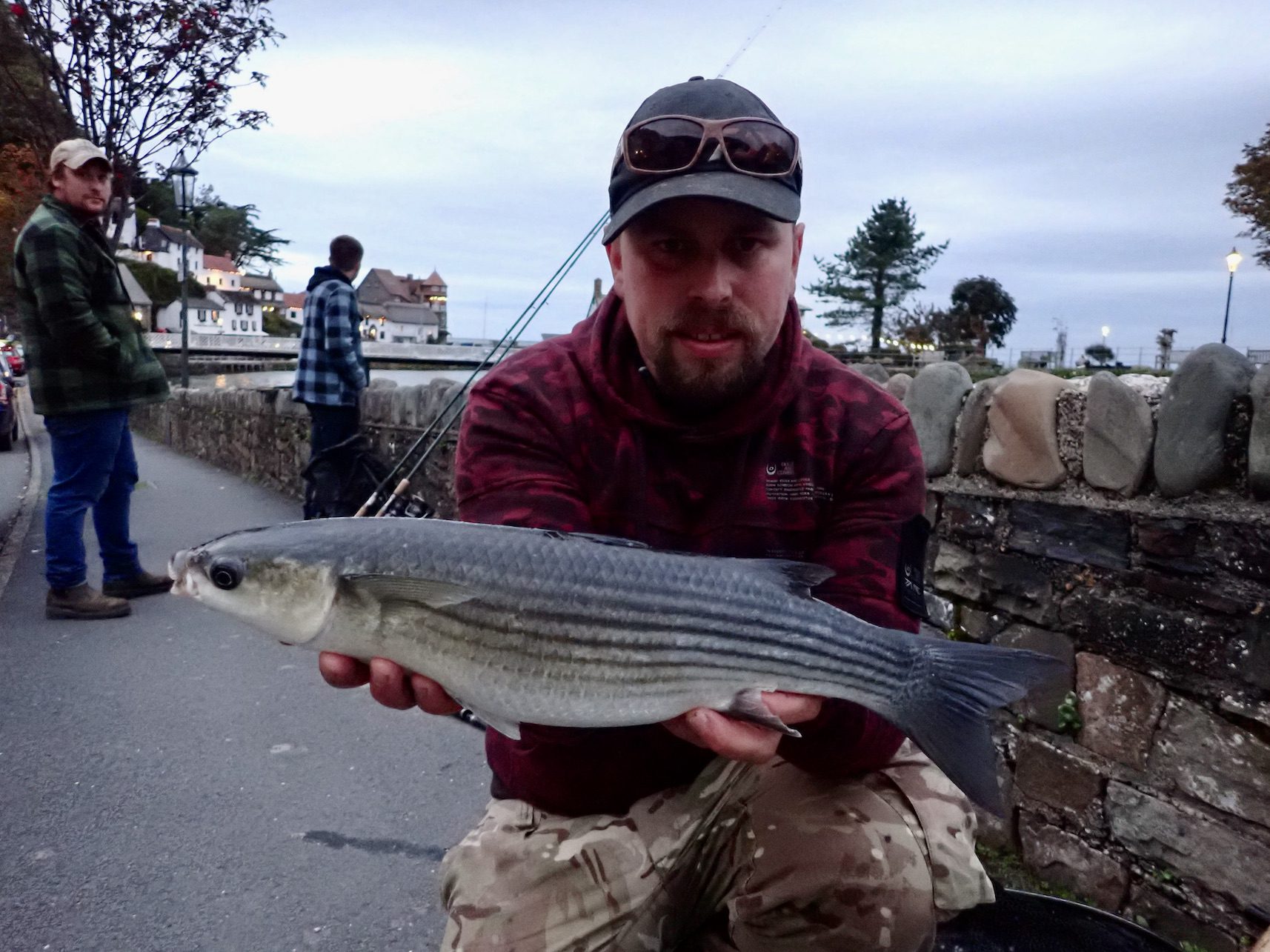
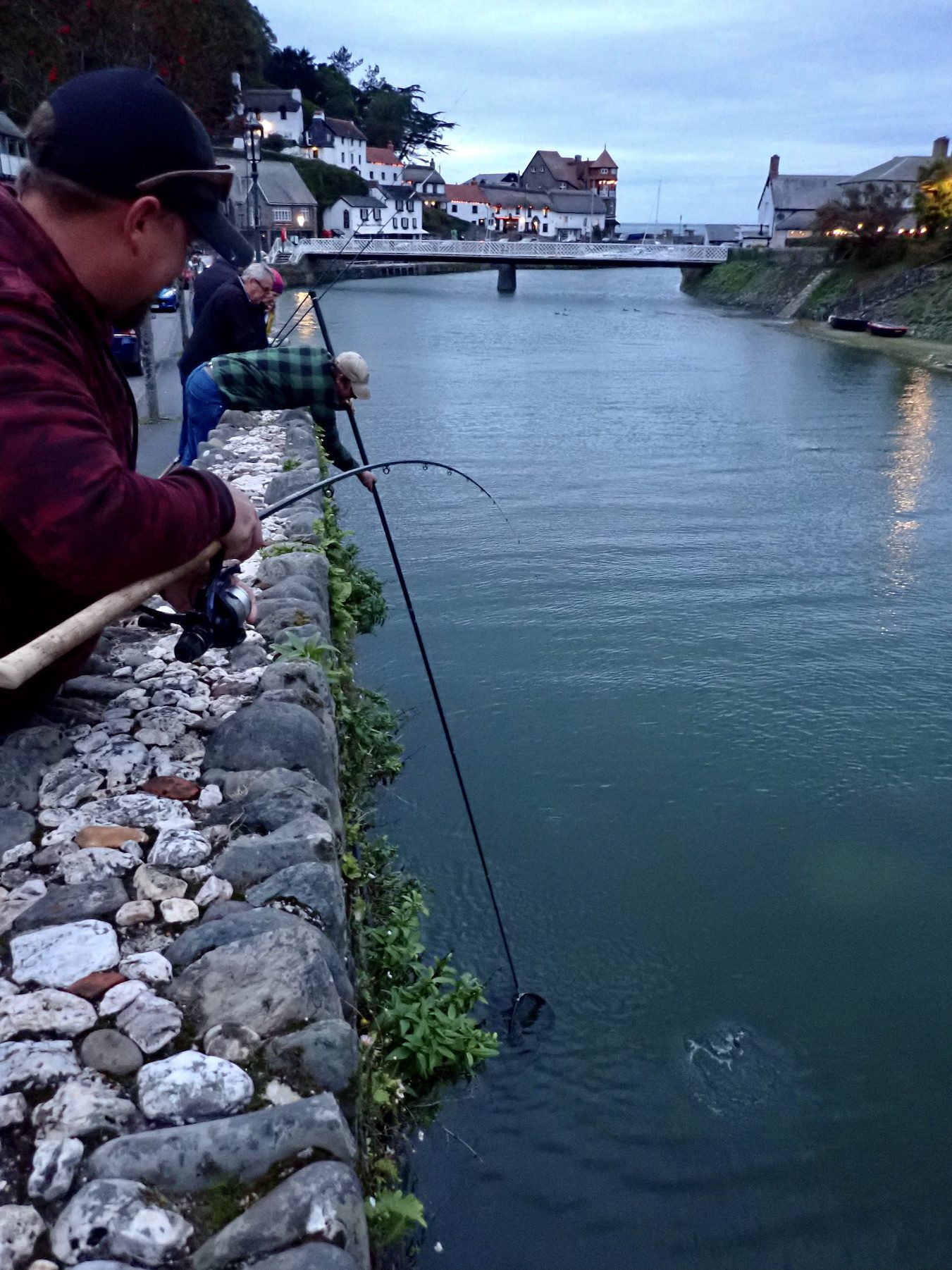
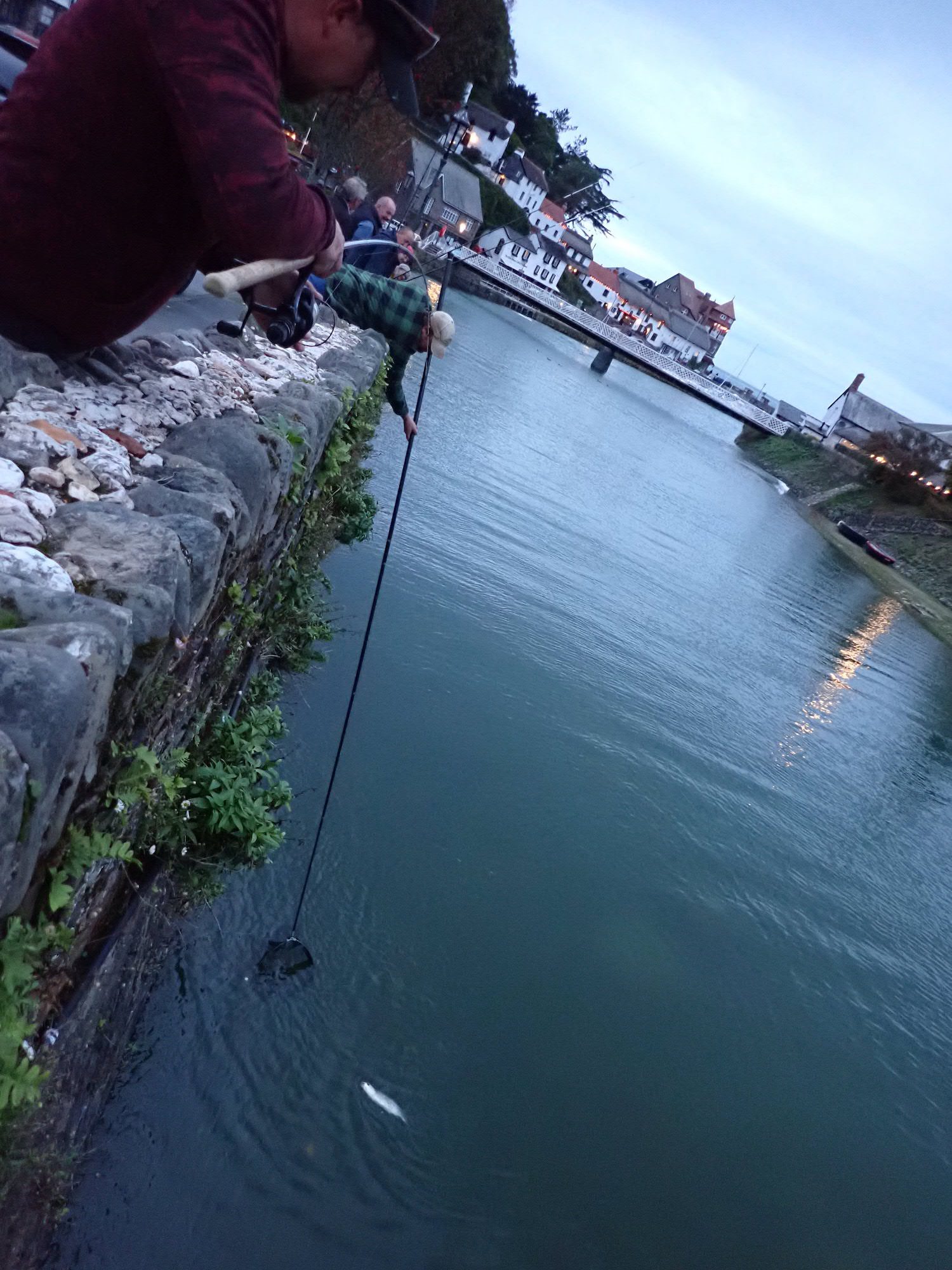
Ten anglers fished the competition with Open coast fishing for heavyweight species proving difficult with just a few dogfish caught on baits intended for ray, bass and huss.
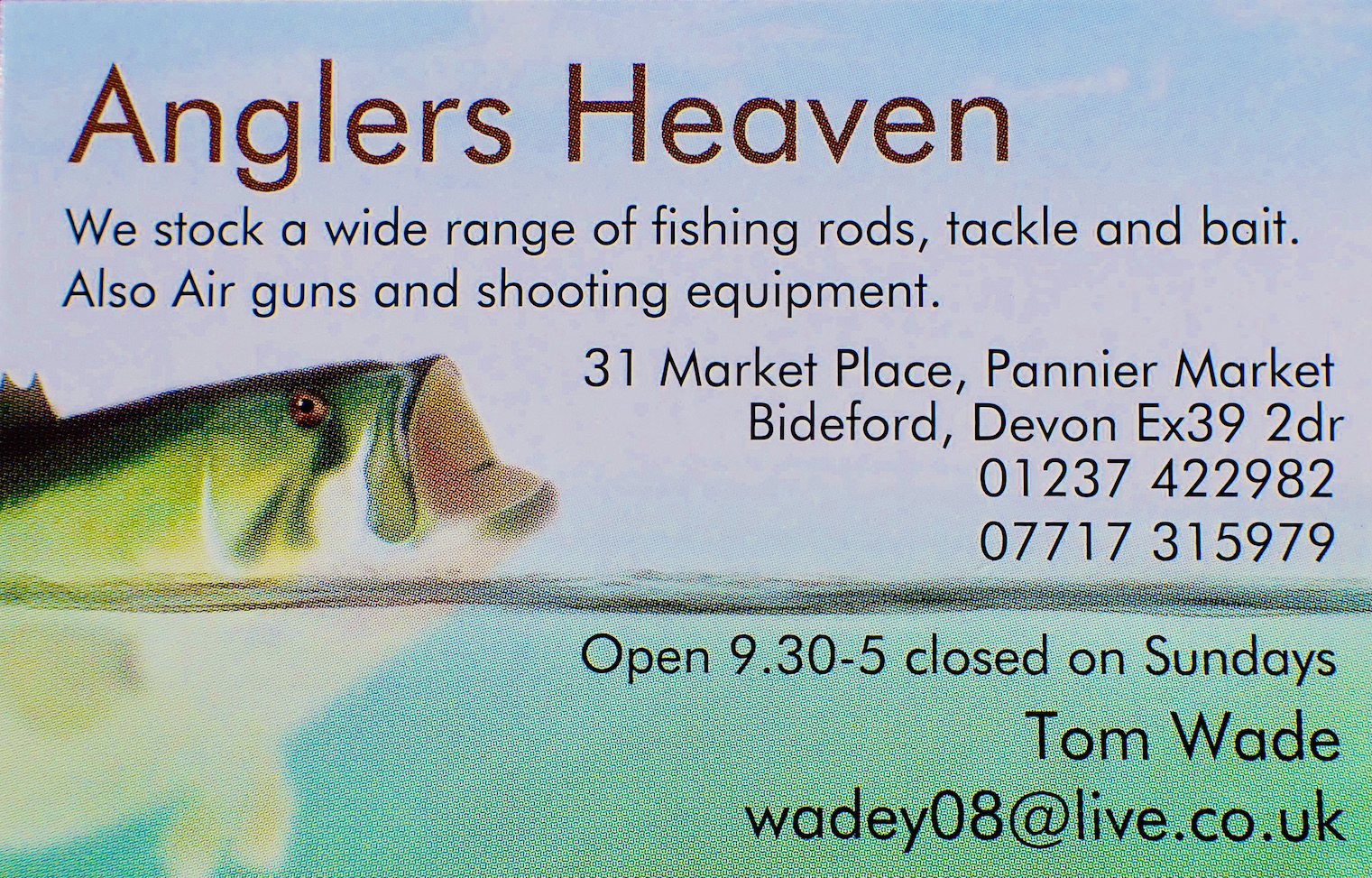
Bideford August rover results
13 angler’s fished 3 fish caught
1st Tony Gussin – Ballan wrasse 4lb 0 1/2oz 89.582%
2nd Stephen Found – thick-lipped mullet 3lb 2oz 78.125%
3rd Tony Gussin -Ballan wrasse 3lb 3oz 70.832%
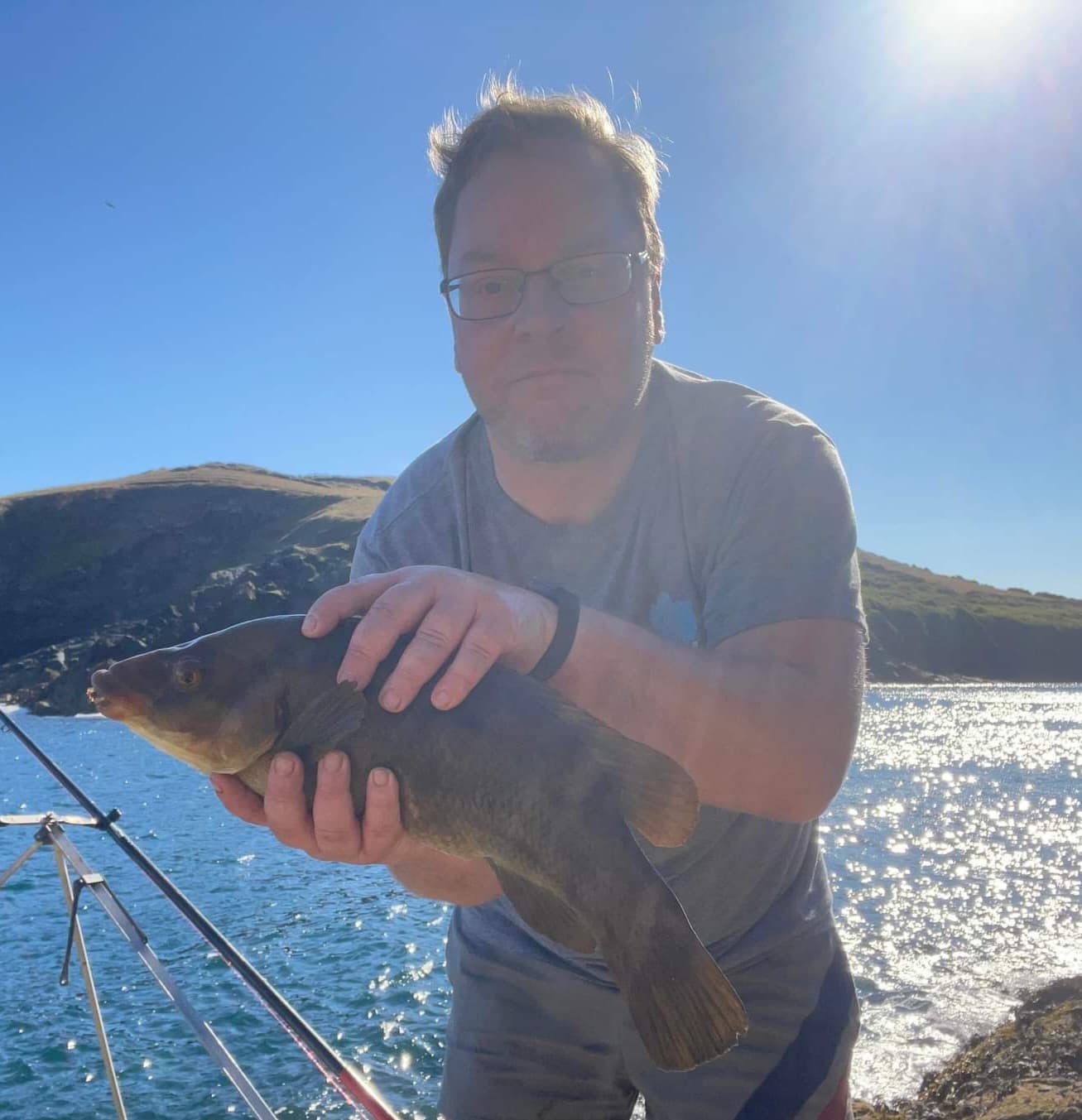


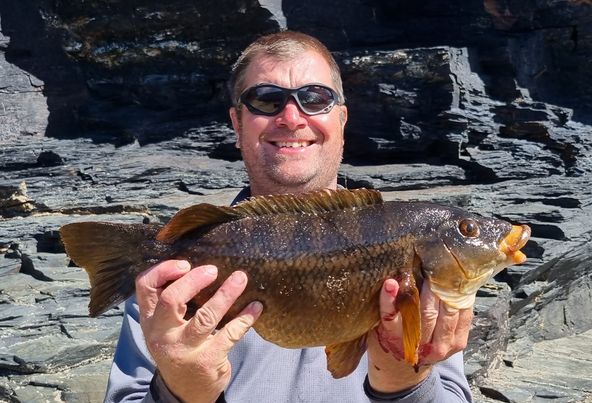


My wife and I attended the Woolsery Show at the end of July and came across a display of vintage Seagull Outboards. Chatting to the gentlemen who restores these outboards we discussed how times have changed. We reflected upon our youthful days beside the coast, messing about on the water. I am sure many sea anglers of a certain vintage will have fond memories of boating days. The Seagull outboard was undoubtedly basic but it was fundamentally sound British engineering and a relic from those days before we became refrained by a culture of fearful protection.
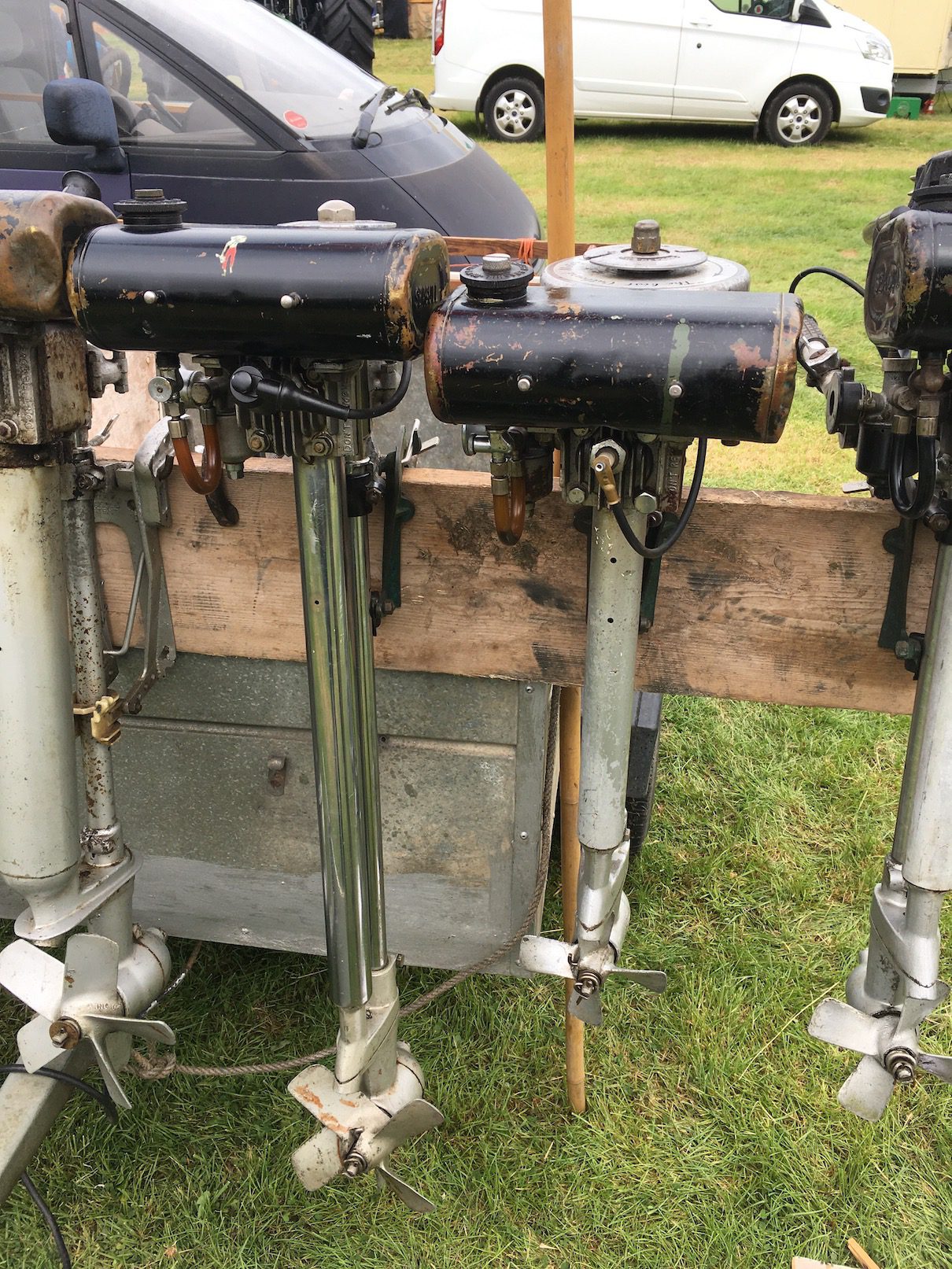
Reflecting upon those youthful days I sometimes wonder how we got through them for looking back we did some stupid things. My mate Graham had a boat that we had christened “Leaky Lil” for obvious reasons. An old wooden pram dingy that was probably less than eight foot long. I recall setting out for a days fishing from Combe Martin with my mates Graham, and Chunky. The sea was flat calm and we chugged up channel powered by our old faithful seagull outboard. We anchored off Heddon’s Mouth Beach and the tide rushed past at a rate of knots giving the effect of being anchored in a fast flowing river. With the three of us and all our fishing gear there was only a few inches freeboard. I don’t recall what we caught on that day or other days. But to be out in such a little boat with no lifejackets, flares, radio etc. was sheer stupidity. In addition to these foolish days at sea we climbed cliffs, explored caves and coves. We also searched for crabs on low water spring tides peering into those delightfully mysterious holes. Those summers of youth spent amongst barnacle encrusted rocks and salty kelp have I guess instilled a permanent love of the sea.
Above extract is from my book ” I Caught A Glimpse” published in 2019 by the the Little Egret Press.
https://thelittleegretpress.co.uk/product/i-caught-a-glimpse-ltd-edition-hardback/

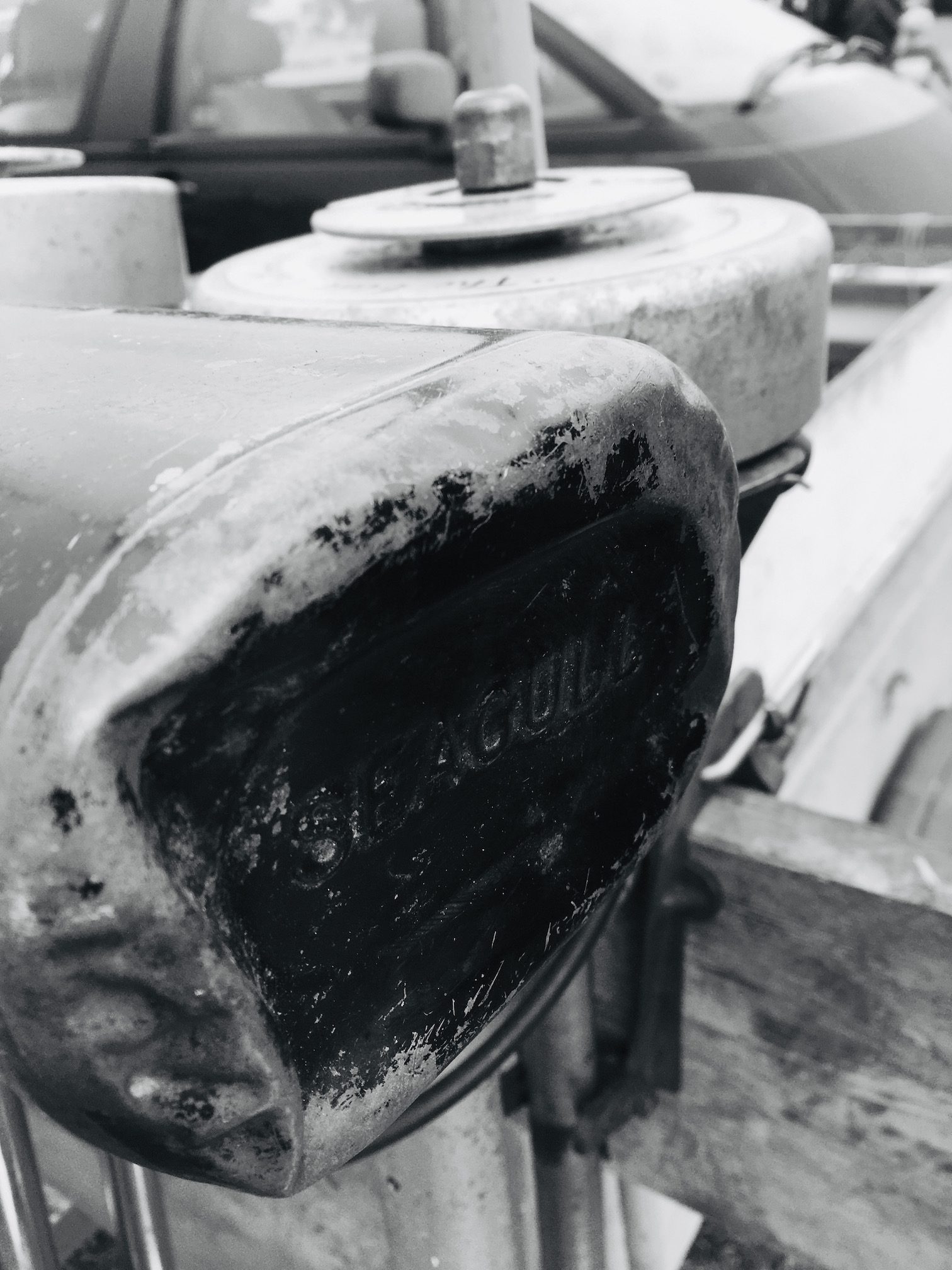
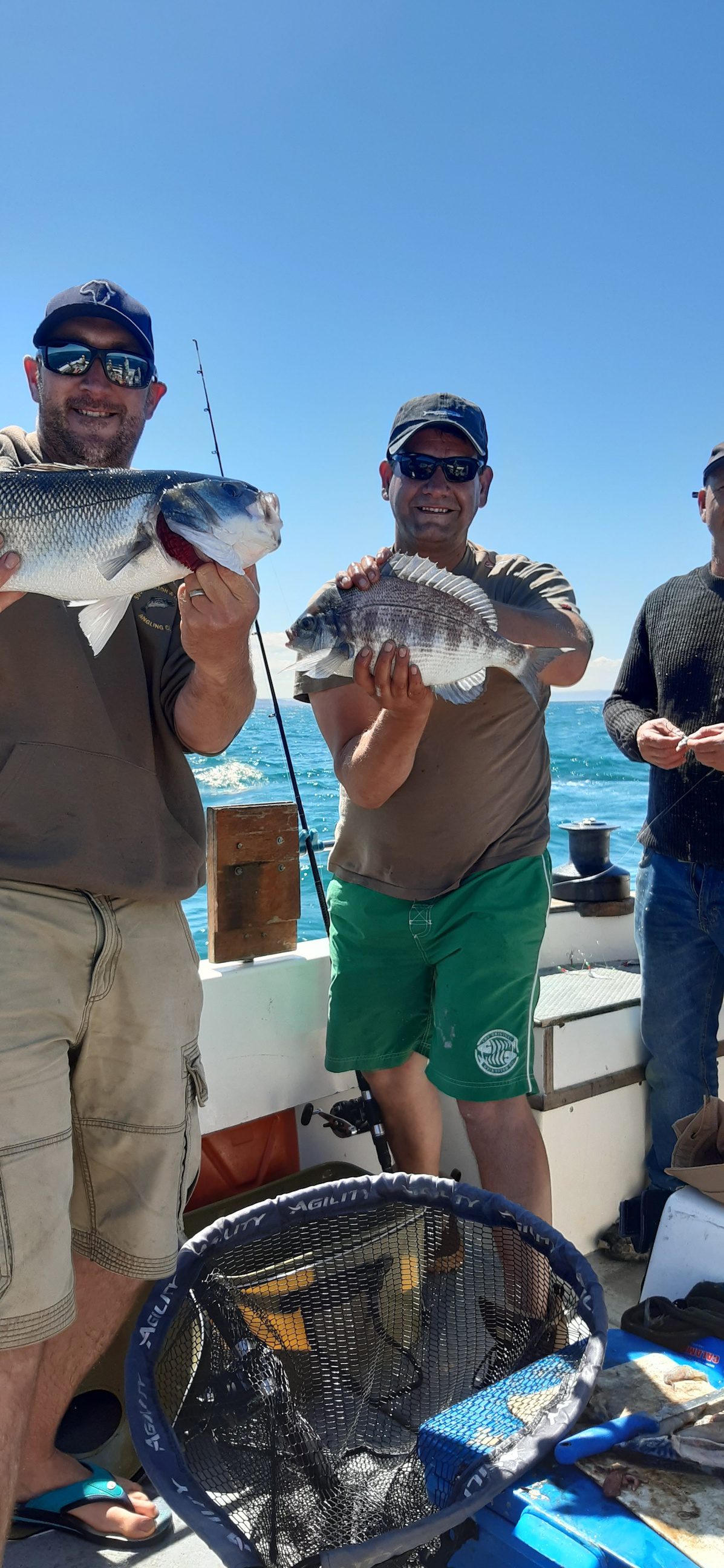
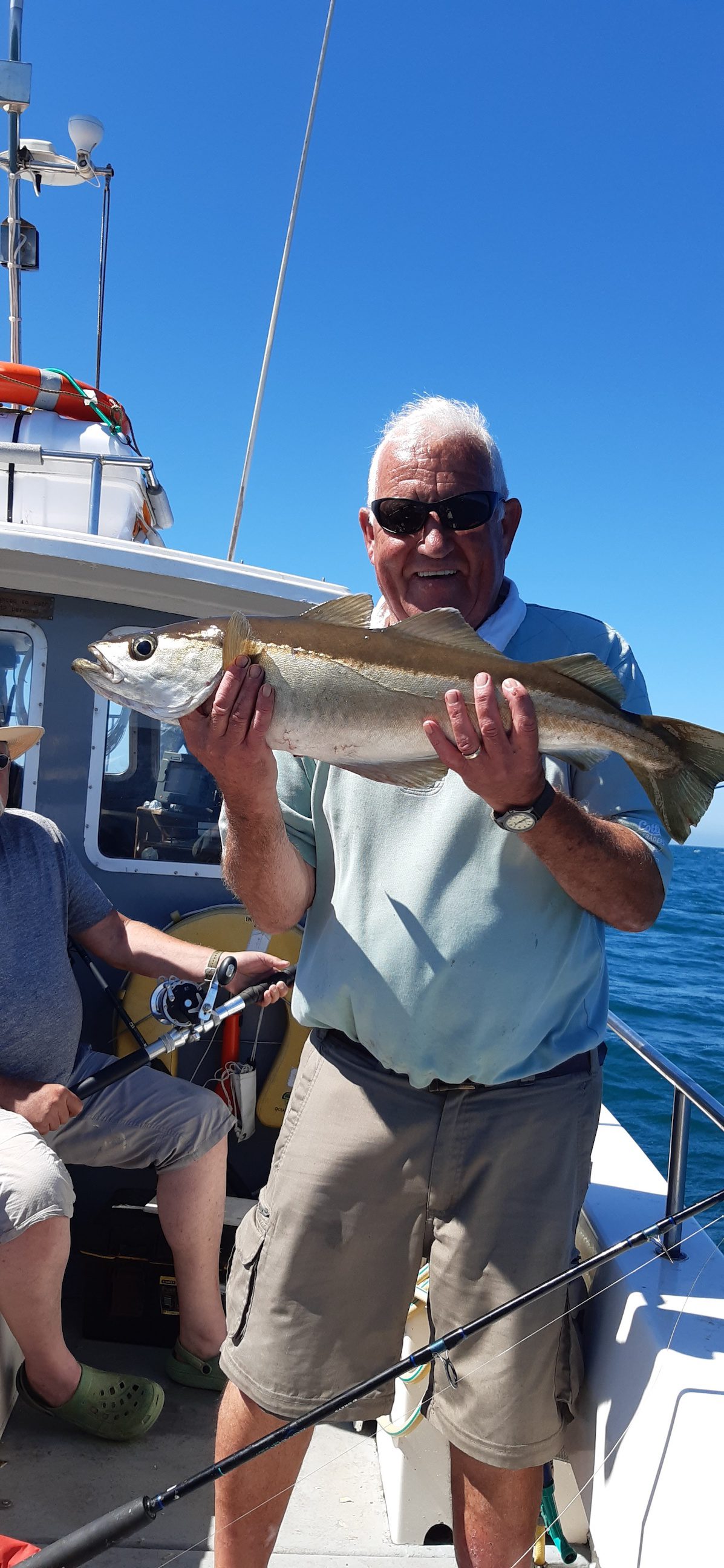
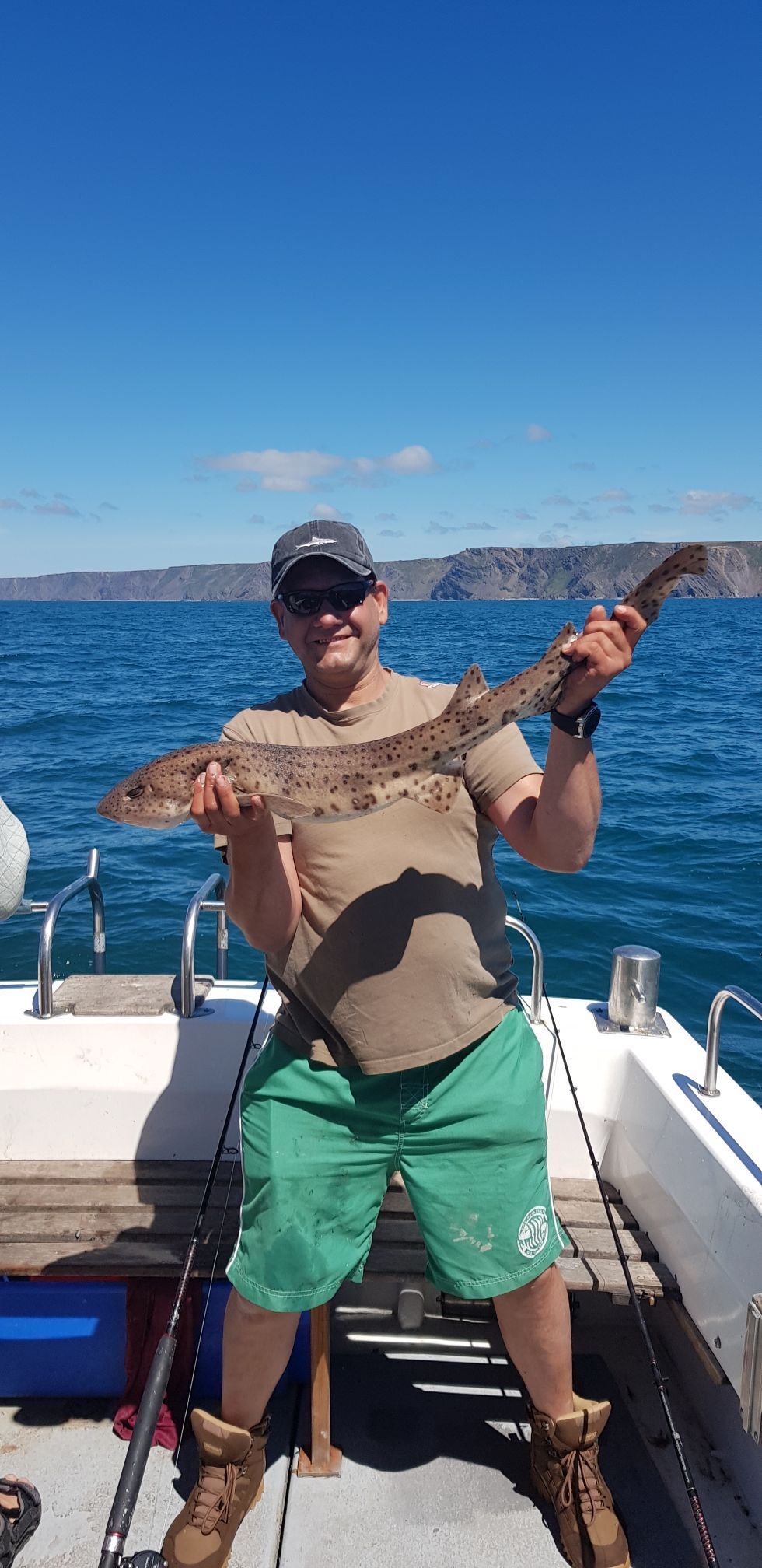
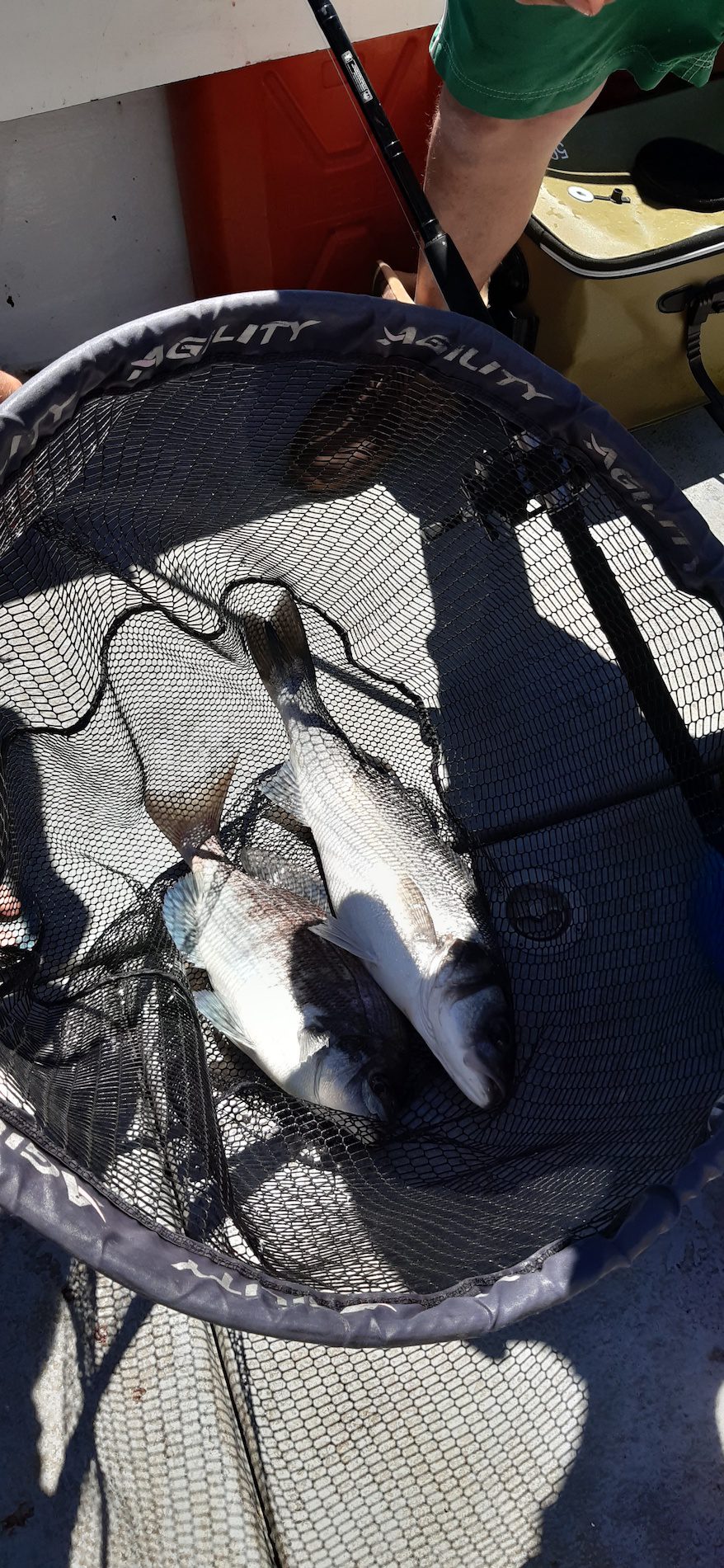
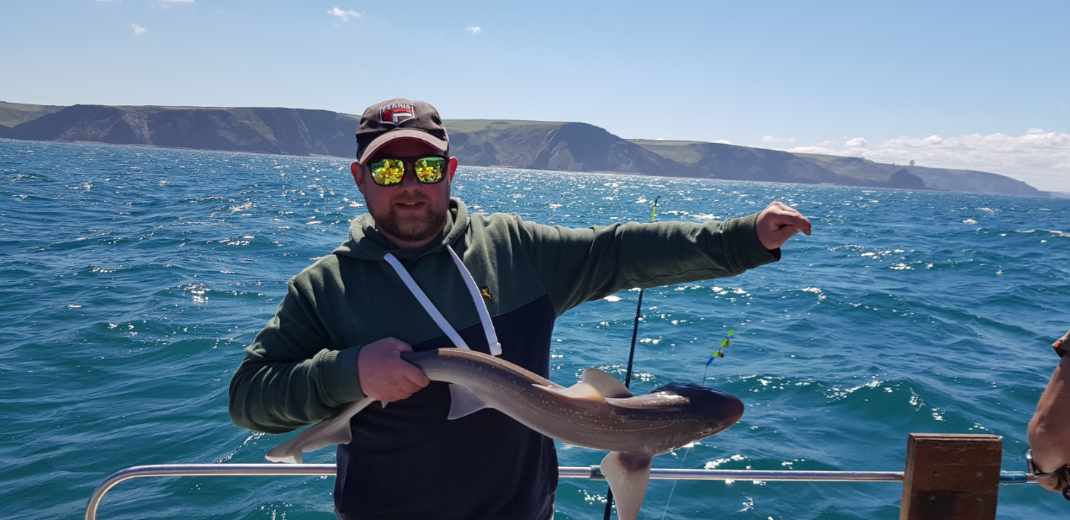
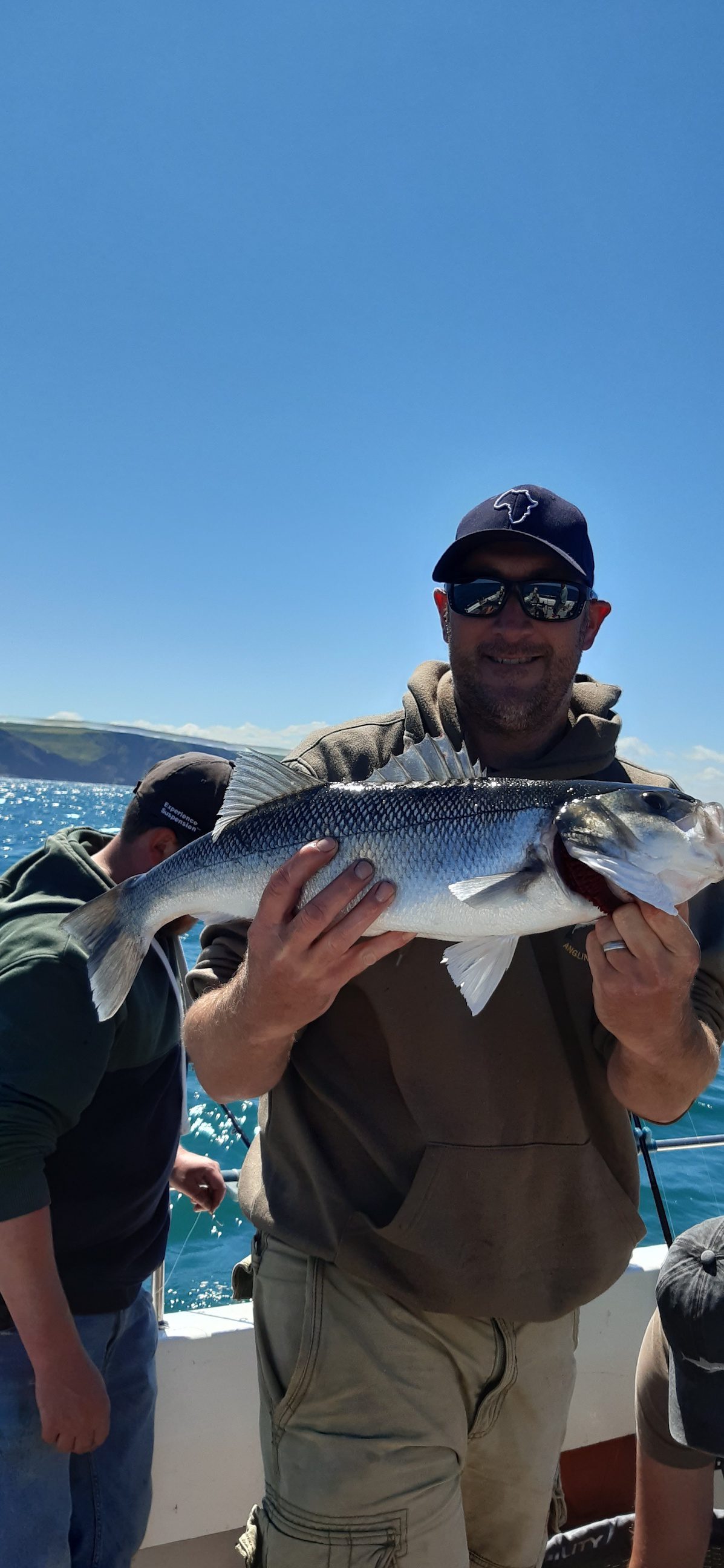

13 fished 5 fish registered
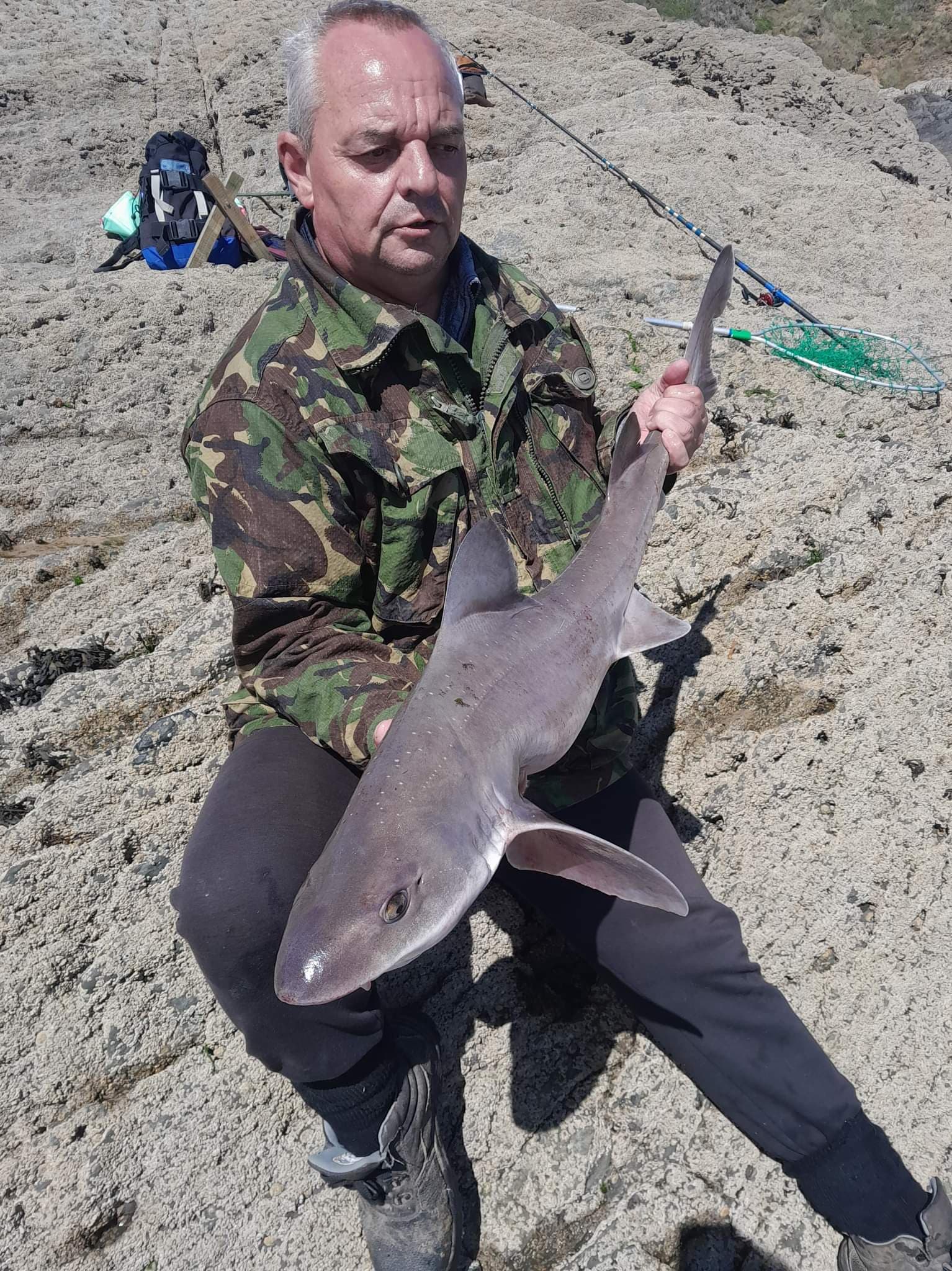
1st Richard Jefferies smoothhound 12lb 5oz 123.125%
2nd Andrew Clements smoothhound 11lb 6oz 113.750%
3rd Andrew Clements thicklipped mullet 4lb 1 1/2oz 102.344%
4th Terry Dymond smoothhound 9lb 11oz 96.875%
5th Antony Smith thicklipped mullet 3lb 5 1/2oz 83.594%
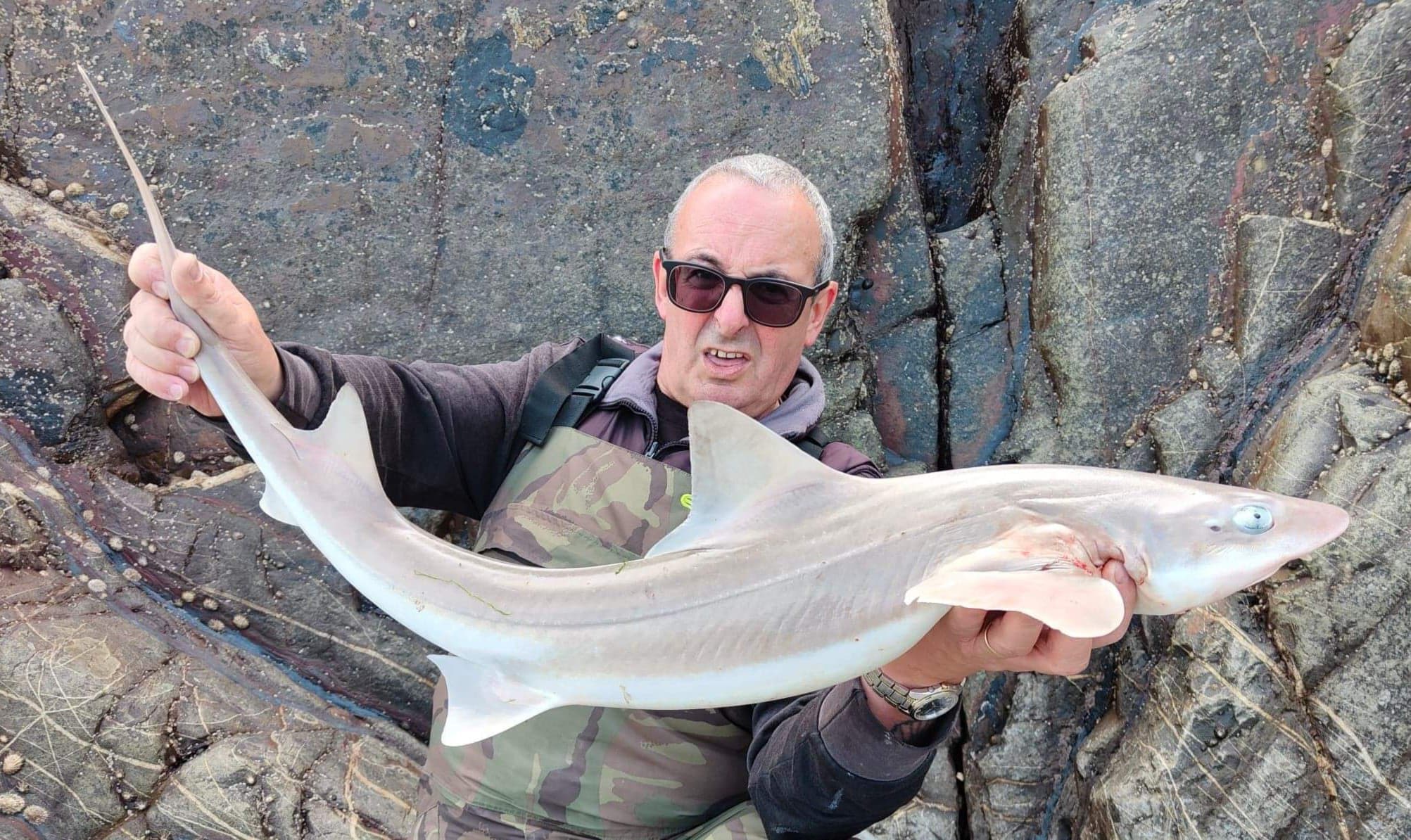
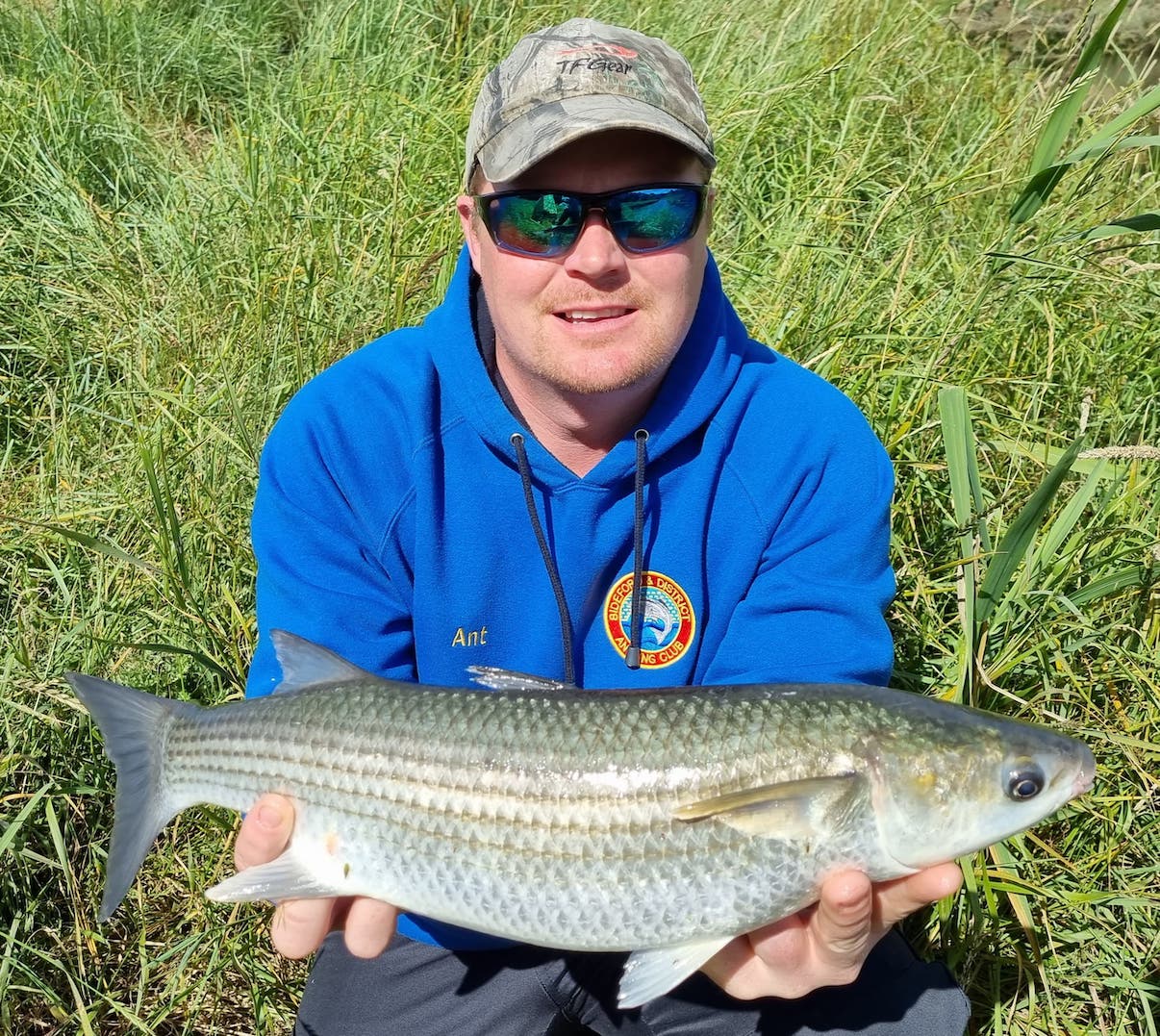
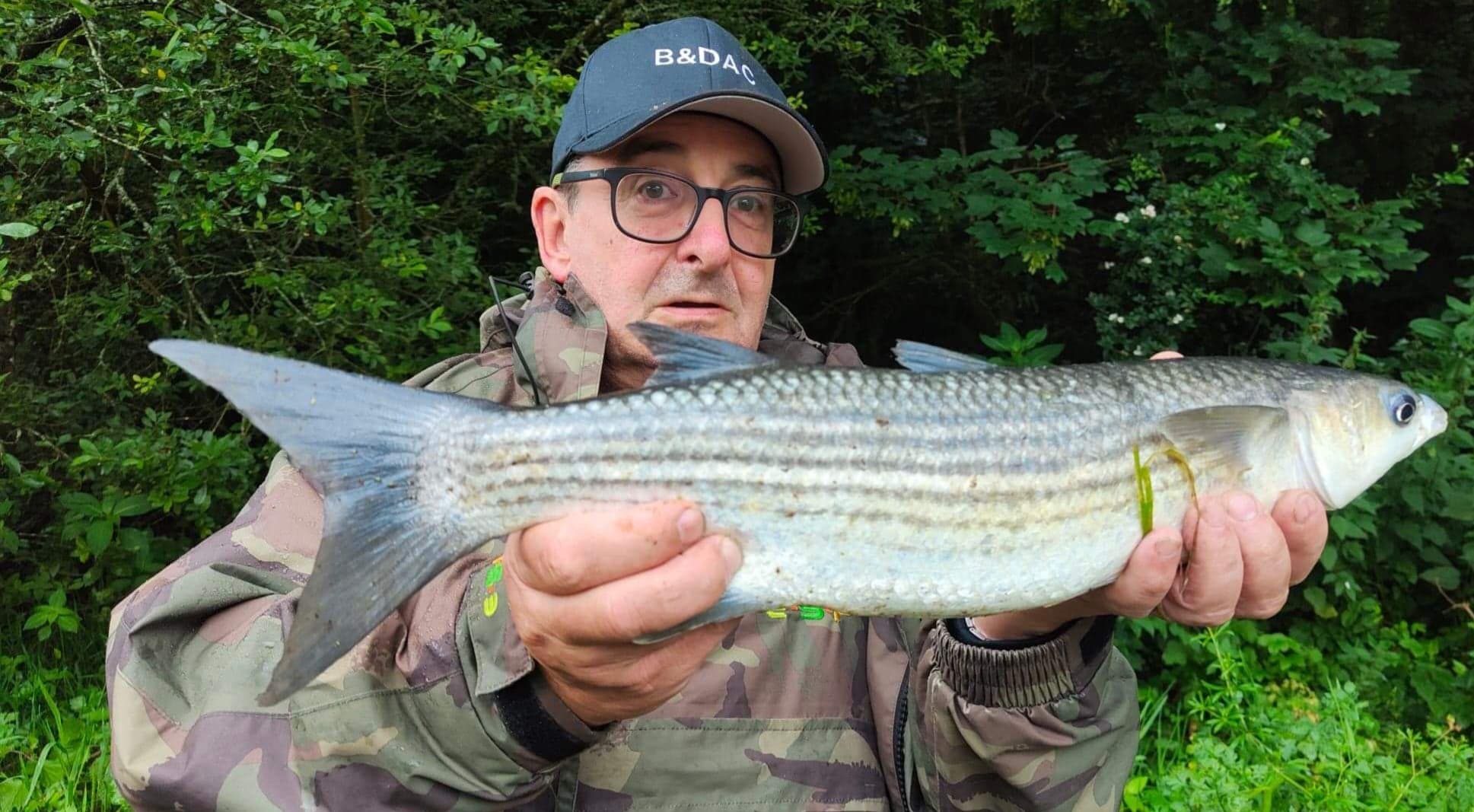
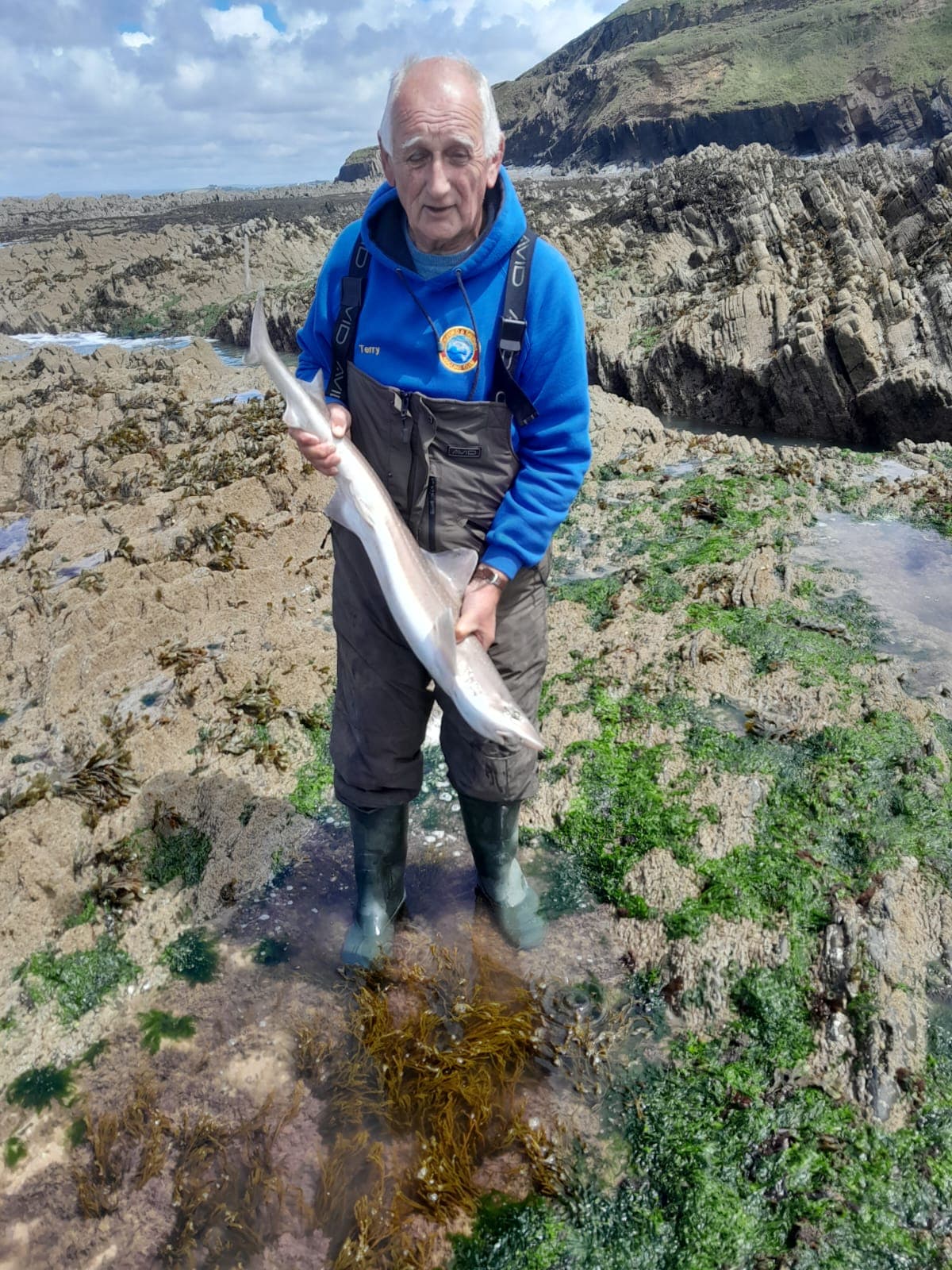
12 Anglers fished the July Rover today.
Several Smoothounds were caught, weighed and released with the photos and weights presented at the weigh in. In fact only Smoothounds were recorded at the weigh in!
Many anglers reported large catches of Smoothounds today with a lot of fish around the 6lb mark.
First place went to Terry Dymond with one of 9lb 11ozs.
Martyn John was second with another of 9lb 9ozs and Andrew Atkinson 3rd with his best one weighing 9lb 6 1/2ozs.
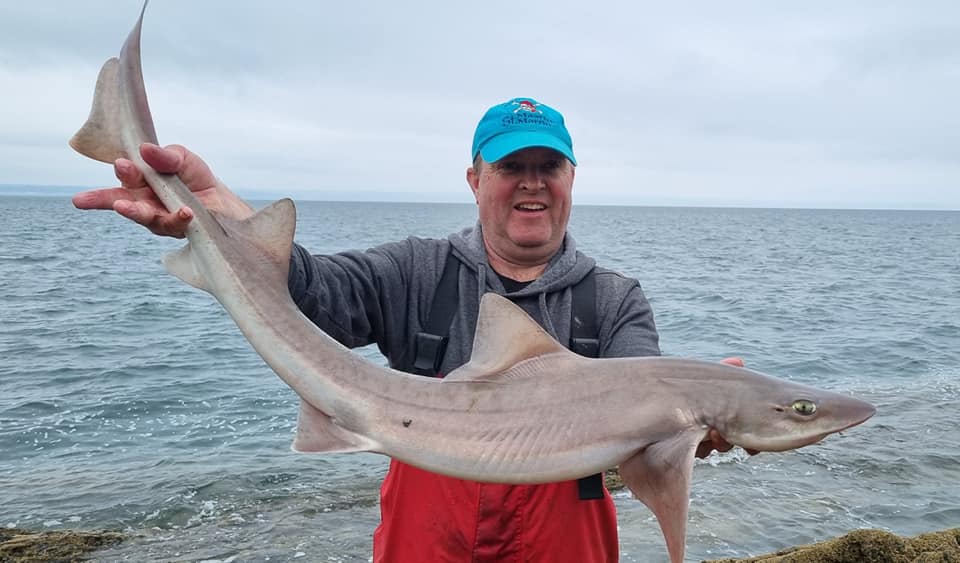
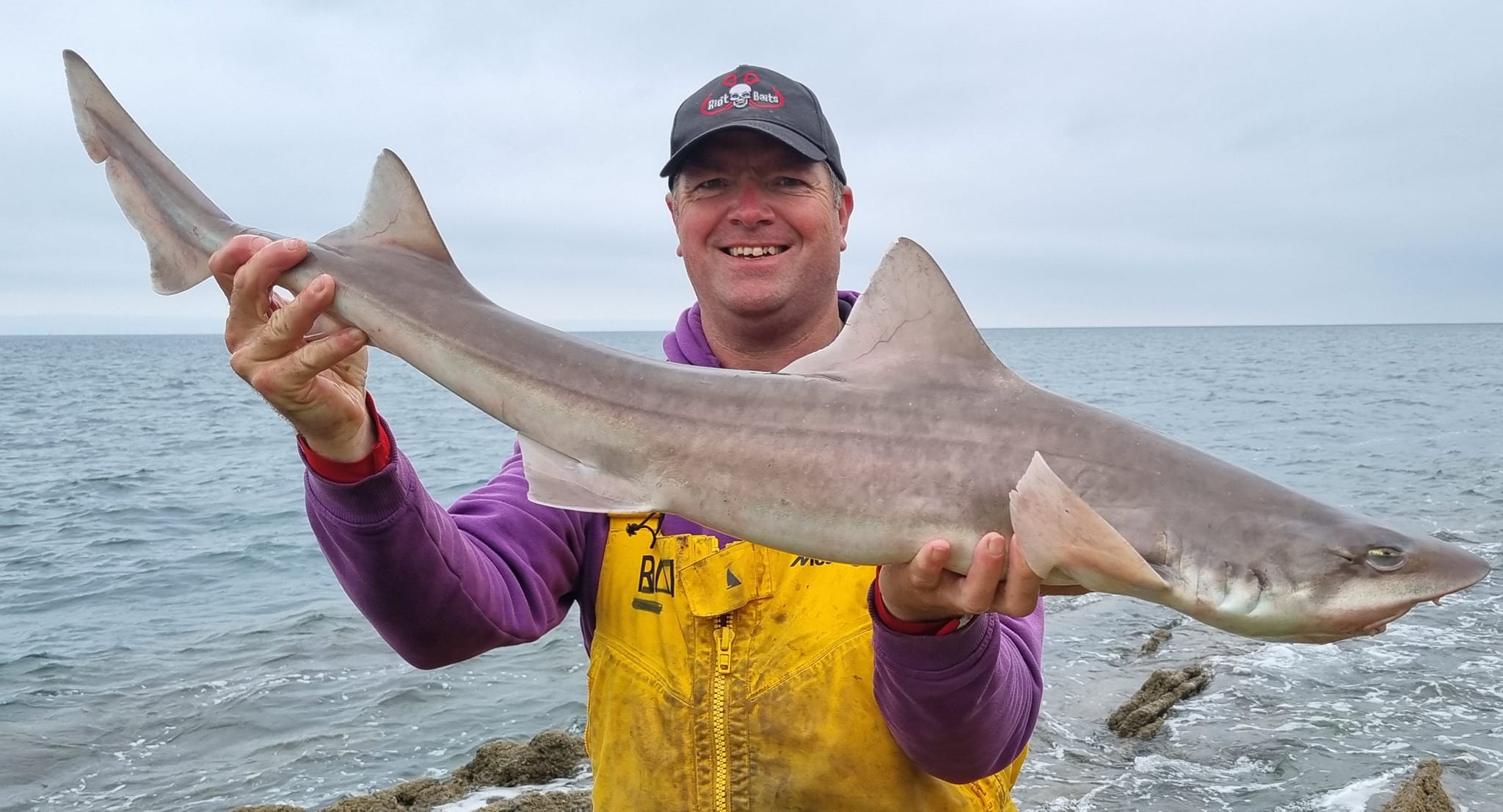
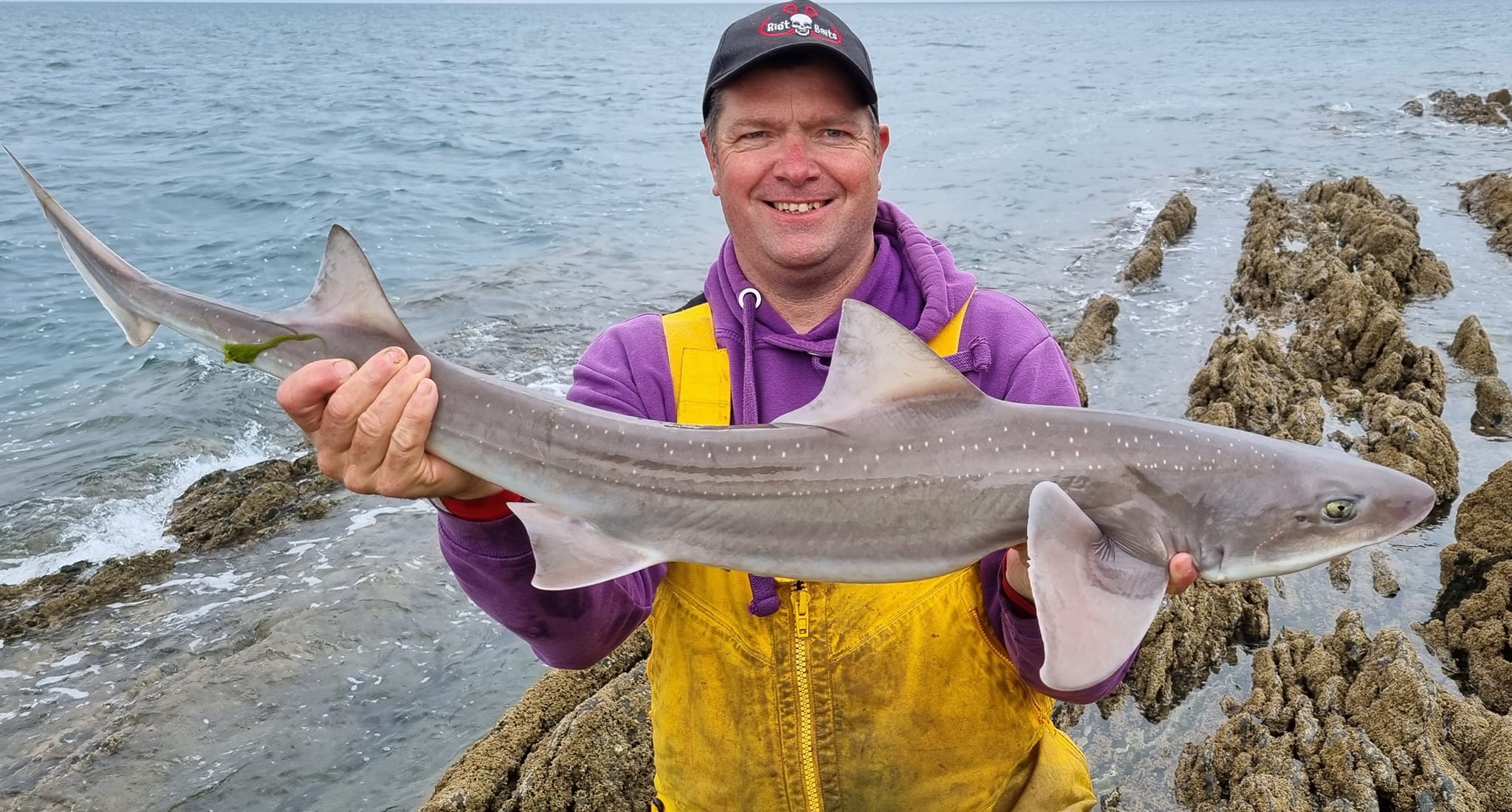
Bideford Angling Club Monthly rover results 11 angler’s fished
3 fish weighed
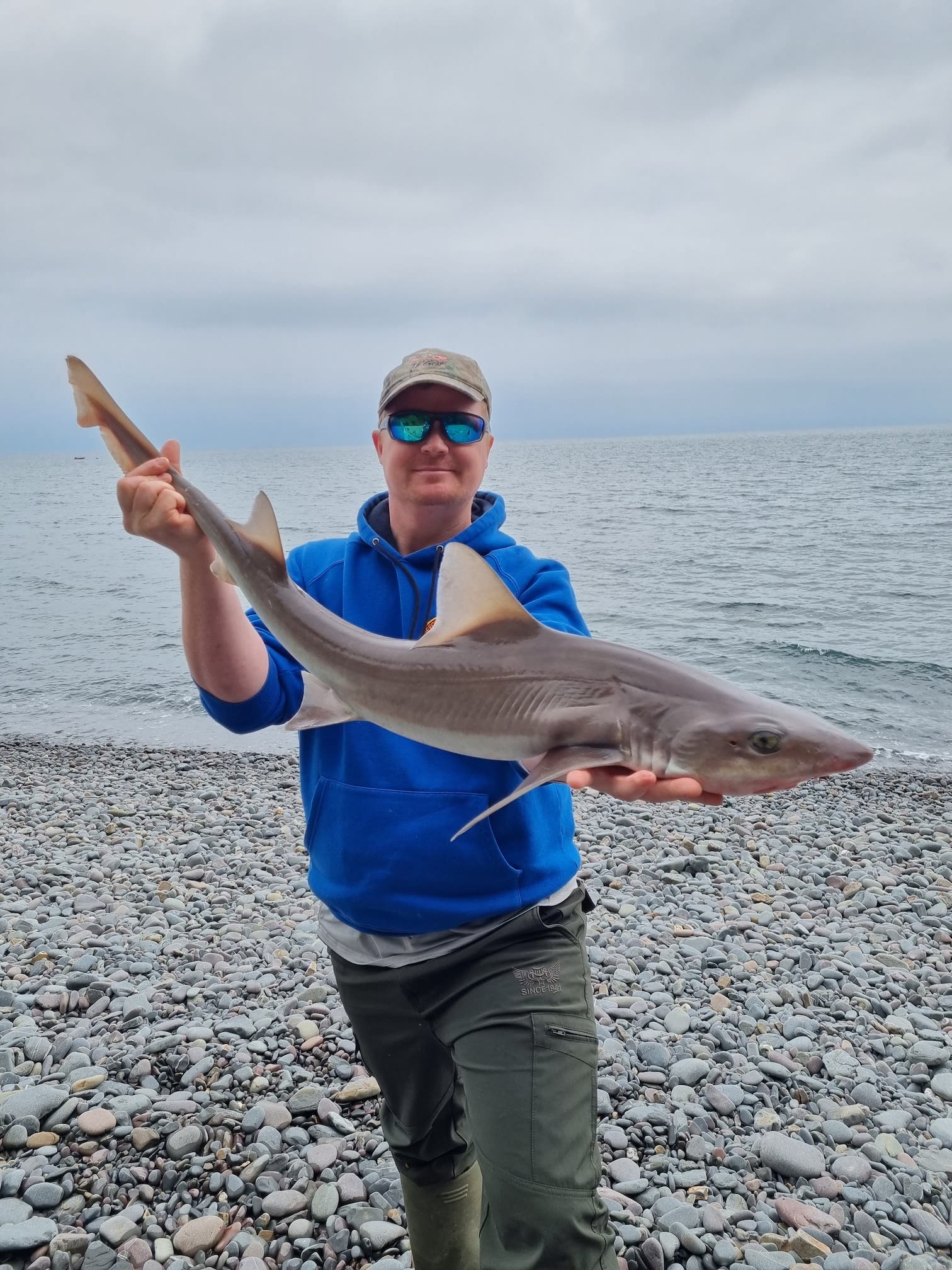
1st Antony Smith Smoothhound 10lb 11 1/2oz 107.187%
2nd Andrew Clements Small Eyed Ray 9lb 10oz 106.994%
3rd Jon Stevens Small Eyed Ray 8lb 12 1/2oz 97.569%
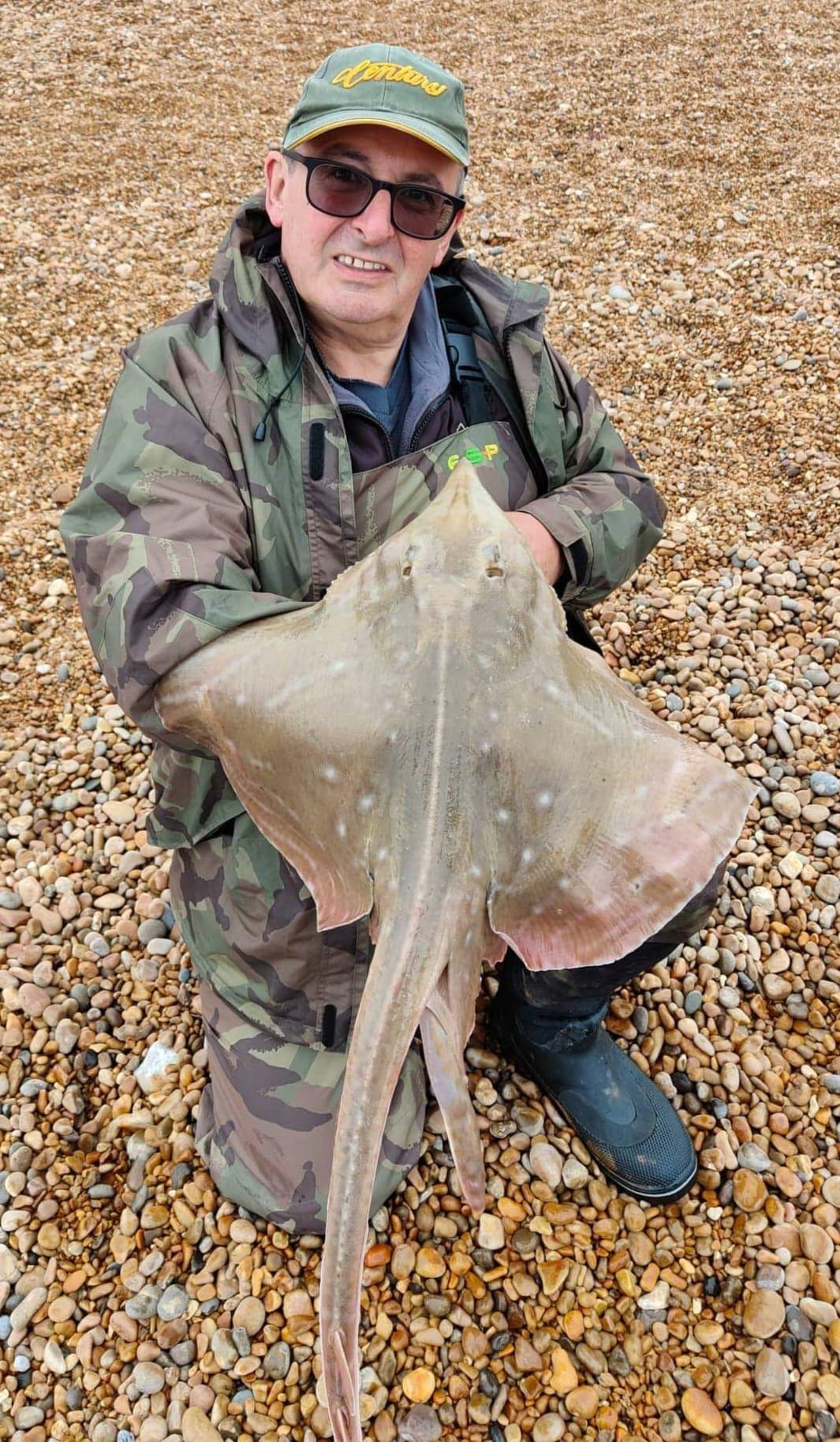
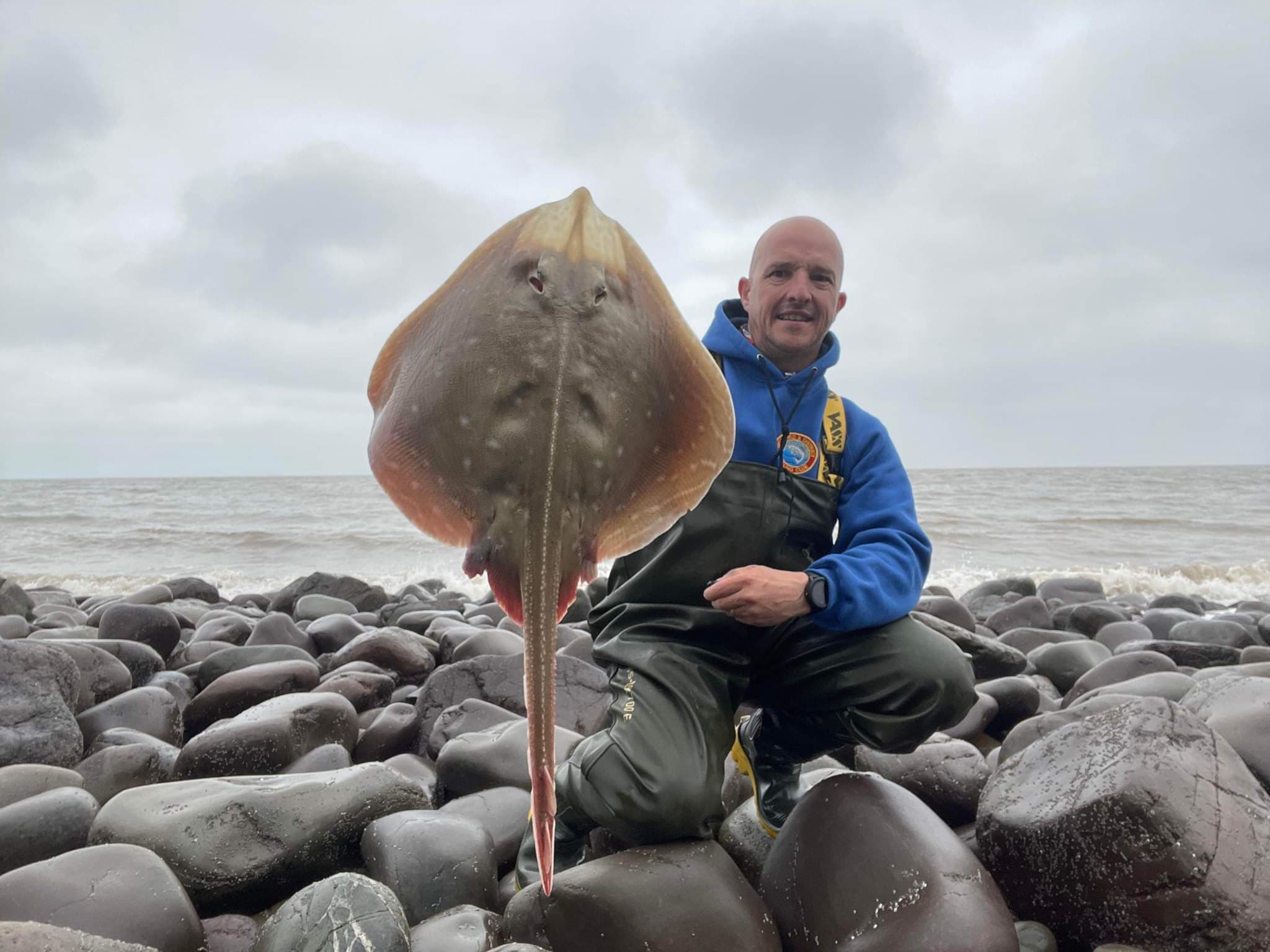

Kyle Bishop won Combe Martin Saa Angling Clubs fish of the the season for Spring with a fine bull huss of 13lb 9oz.
David Jenkins was runner up with a gilthead bream of 3lb 9oz.